Story and Photos by ITN European Reporter Herve’ Rebollo
I know, we cross a strange period and I hope you are in the best shape as possible. Yes, strange period because, if daily life is more or less complicated (here in France, we live under a curfew from 7pm to 6am … and maybe a second confinement in some days …), it’s still possible having real good times. For example, last week the Harley Owners Group surprised me sending me a patch with its compliment for being a 25 years member. I know, it’s quit ridiculous, but I really enjoyed it. Already 25 years???? I thought it was …. Yesterday.
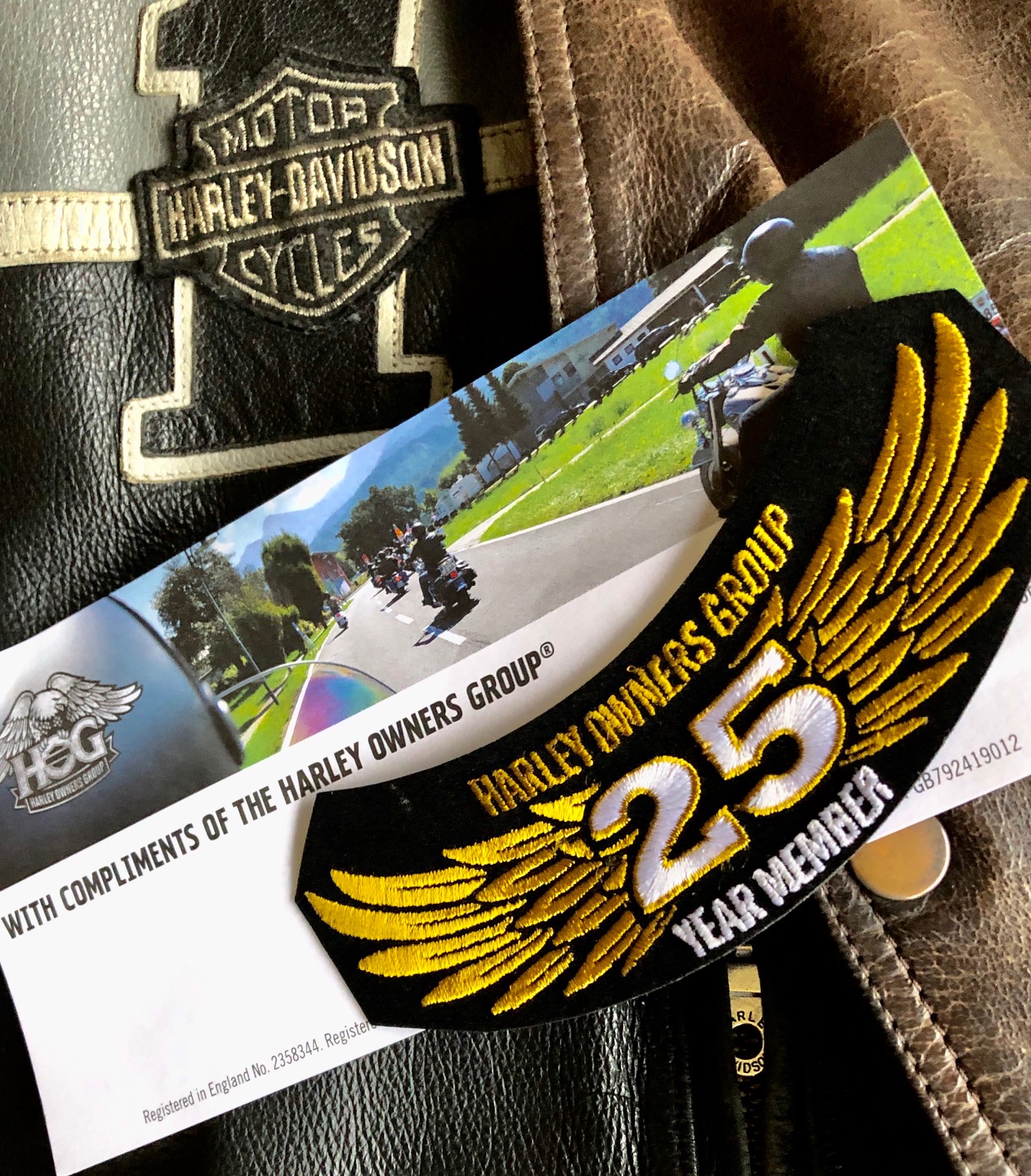 So, to forget this covid situation, I ride as never. Every bike fest have been canceled here (lucky you if you have attended the Biketoberfest 2020 in Daytona!!!). But it’s not forbidden to take the road. I was studying maps last week when my road mate Thierry send me the flyer of the new automotive exhibition at LE MANS museum dedicated to the fabulous legendary PORSCHE 917. I real have absolutely none interest for the automotive world, but when I have the oportinity to meet a legend, I never say no: we had a new plan to ride, let’s go to LE MANS!!!!
So, to forget this covid situation, I ride as never. Every bike fest have been canceled here (lucky you if you have attended the Biketoberfest 2020 in Daytona!!!). But it’s not forbidden to take the road. I was studying maps last week when my road mate Thierry send me the flyer of the new automotive exhibition at LE MANS museum dedicated to the fabulous legendary PORSCHE 917. I real have absolutely none interest for the automotive world, but when I have the oportinity to meet a legend, I never say no: we had a new plan to ride, let’s go to LE MANS!!!!
 On this early Saturday morning, the weather was cool and mainly, not rainy. YES! And Thierry was right in time à our meeting point with his beautiful 911.
On this early Saturday morning, the weather was cool and mainly, not rainy. YES! And Thierry was right in time à our meeting point with his beautiful 911.
 This first stage of our trip was not really long, only 200km. Our target was having lunch in Le mans at the “Auberge des Jardinières”, the restaurant located right on the famous long road (The Hunaudières) where the automotive racers reach between 350 and 400 km/h ( 220 / 250 miles/h).
This first stage of our trip was not really long, only 200km. Our target was having lunch in Le mans at the “Auberge des Jardinières”, the restaurant located right on the famous long road (The Hunaudières) where the automotive racers reach between 350 and 400 km/h ( 220 / 250 miles/h).
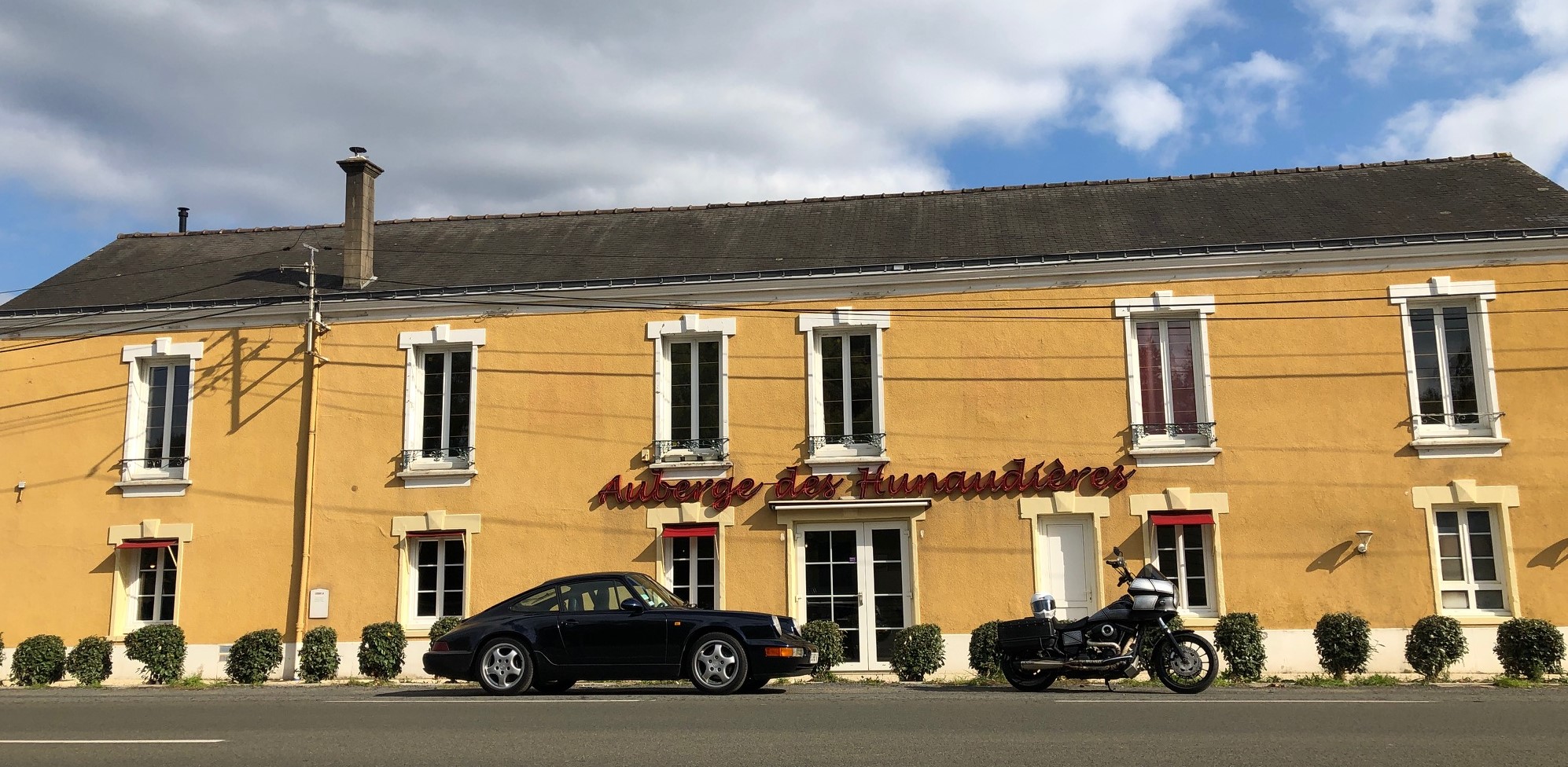 The Hunaudières are the long and mythical straight of the Le Mans 24 Hours circuit. Due to the speeds reached by the competitors (405 km/h by Roger Dorchy in 1988), it is interspersed with two chicanes since the 1990 edition.
The Hunaudières are the long and mythical straight of the Le Mans 24 Hours circuit. Due to the speeds reached by the competitors (405 km/h by Roger Dorchy in 1988), it is interspersed with two chicanes since the 1990 edition.
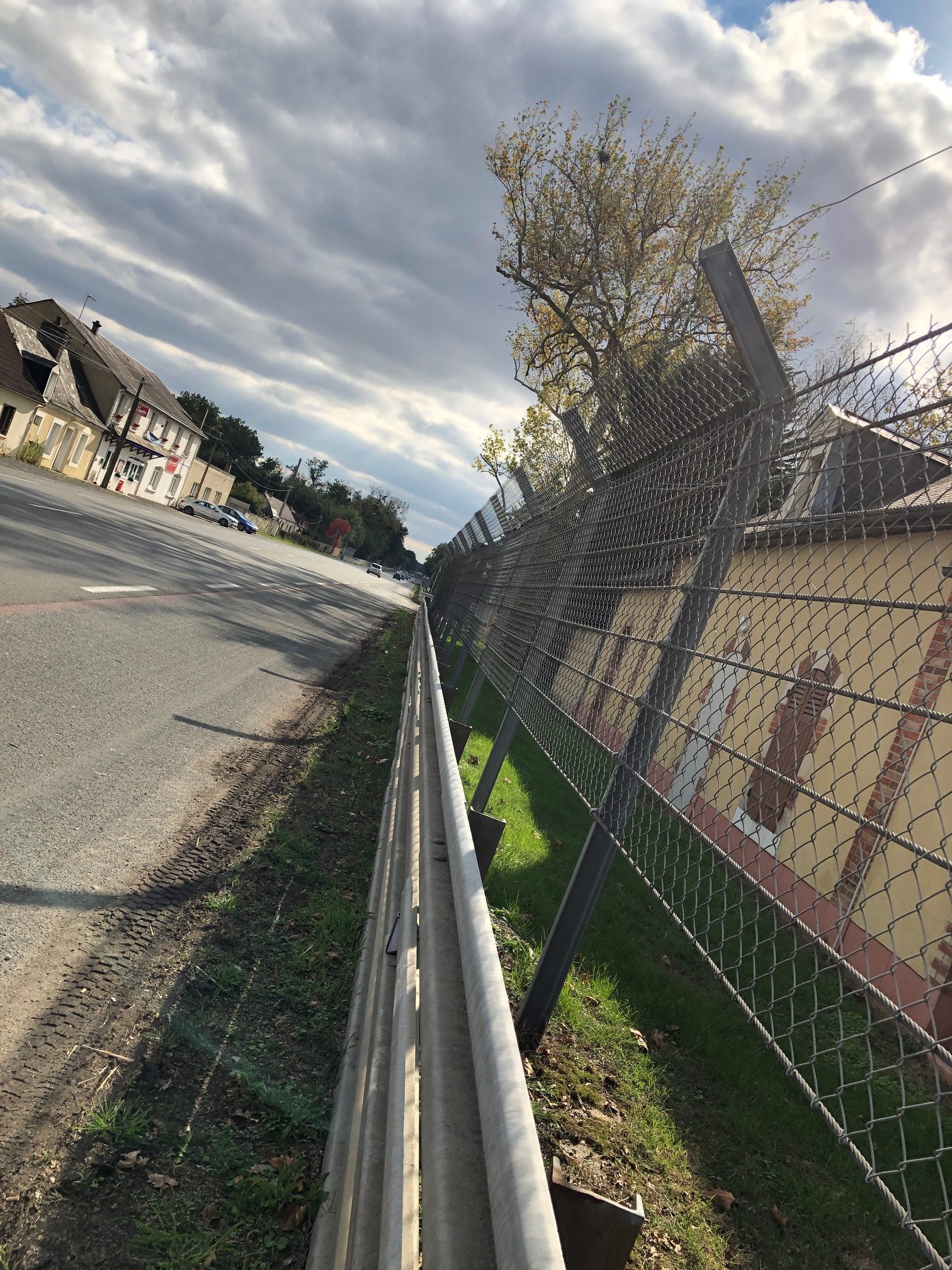 After a very good meal, it was time join the museum …
After a very good meal, it was time join the museum …
 Two tickets, some flyers and we enter in the temple of speed …
Two tickets, some flyers and we enter in the temple of speed …
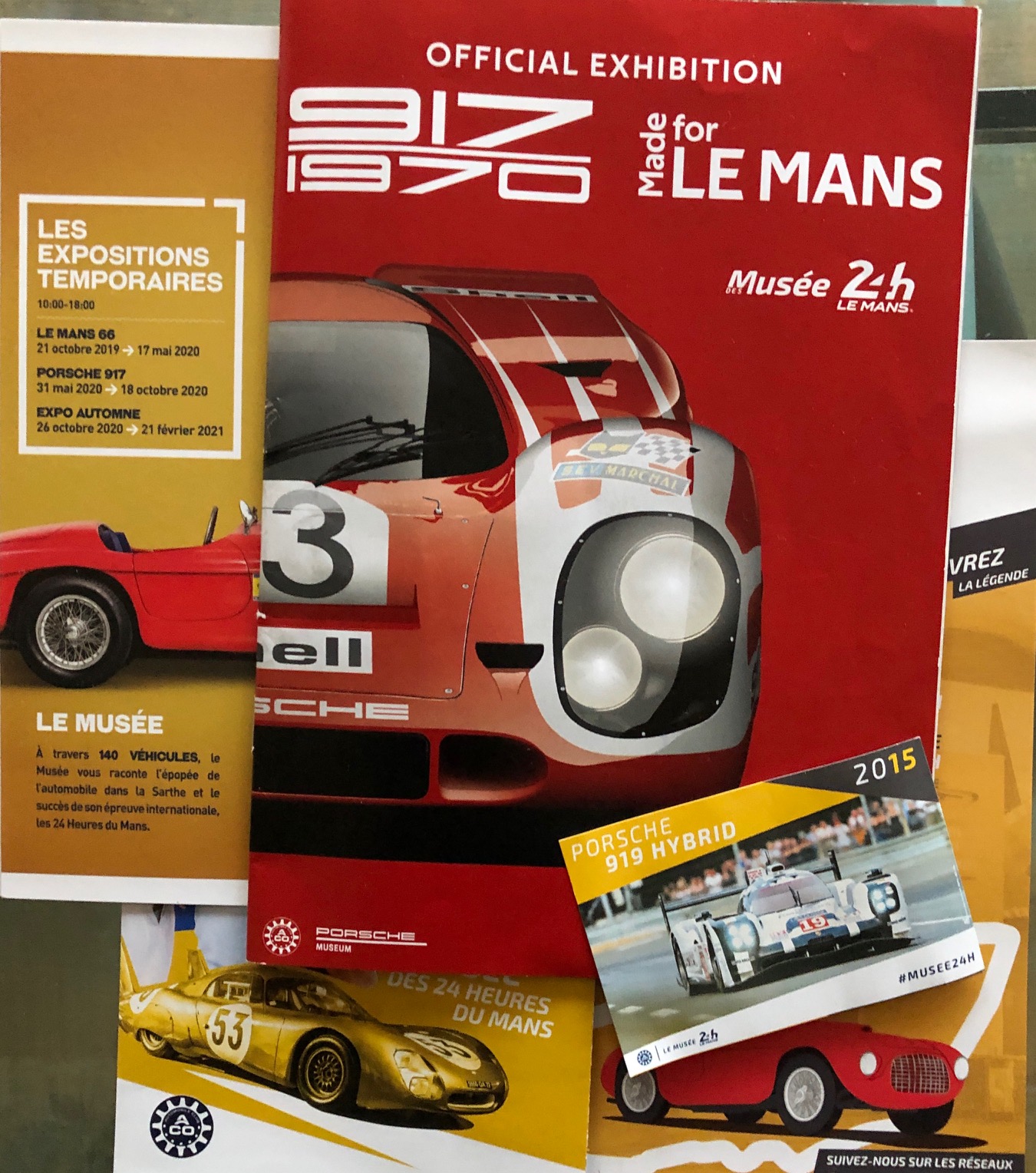 This temporary exhibition dedicated to the 917 has been named: “MADE FOR LE MANS”. Right at the begining of the museum, it gives you the possibility to join the permanent exhibition with the same ticket when you leave the space dedicated to the 917.
This temporary exhibition dedicated to the 917 has been named: “MADE FOR LE MANS”. Right at the begining of the museum, it gives you the possibility to join the permanent exhibition with the same ticket when you leave the space dedicated to the 917.
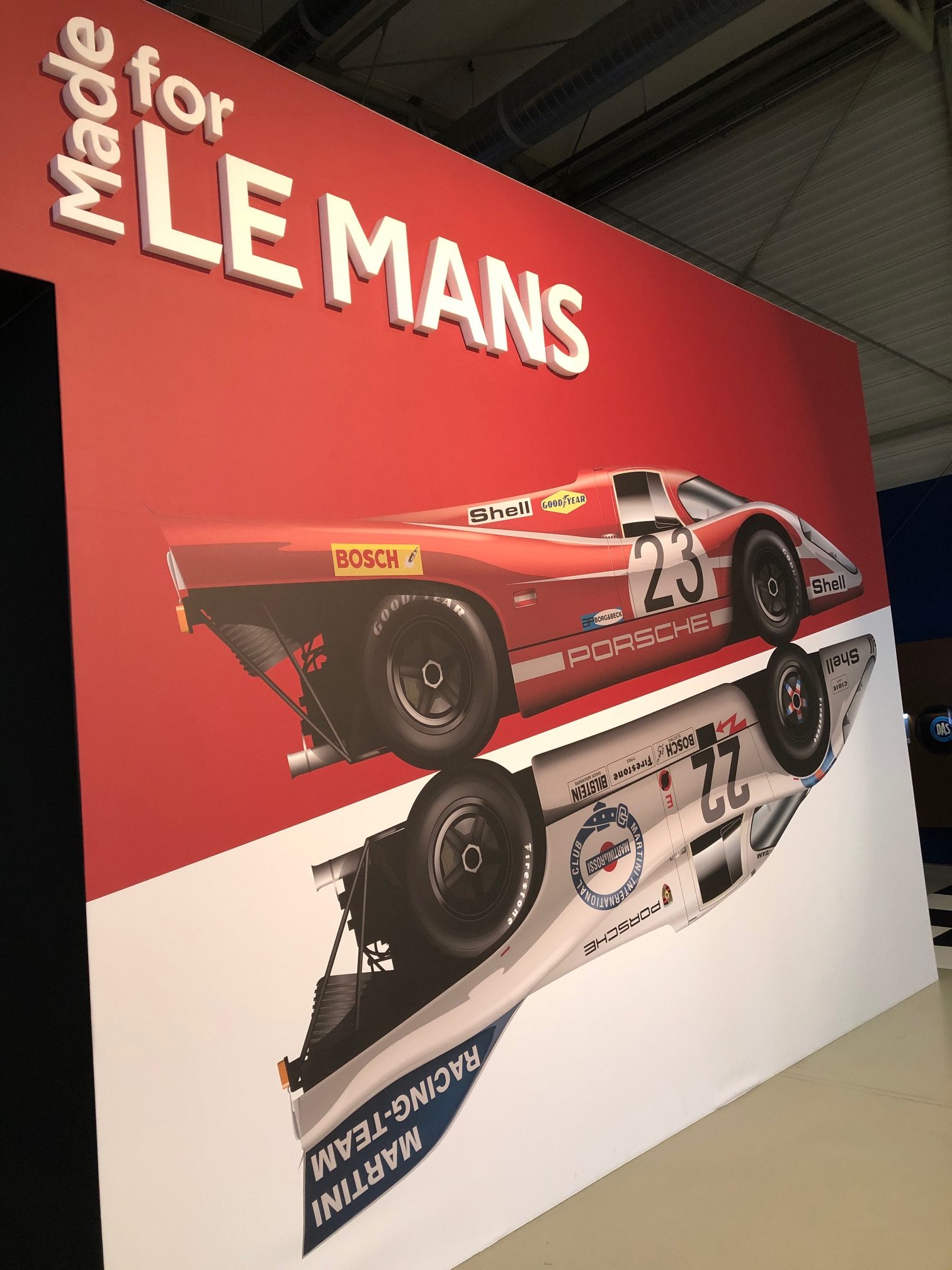 What a shock my guy!!! What a car!!! What a design, what a beauty!!! And the performances are … unbelievable!!!!!
What a shock my guy!!! What a car!!! What a design, what a beauty!!! And the performances are … unbelievable!!!!!
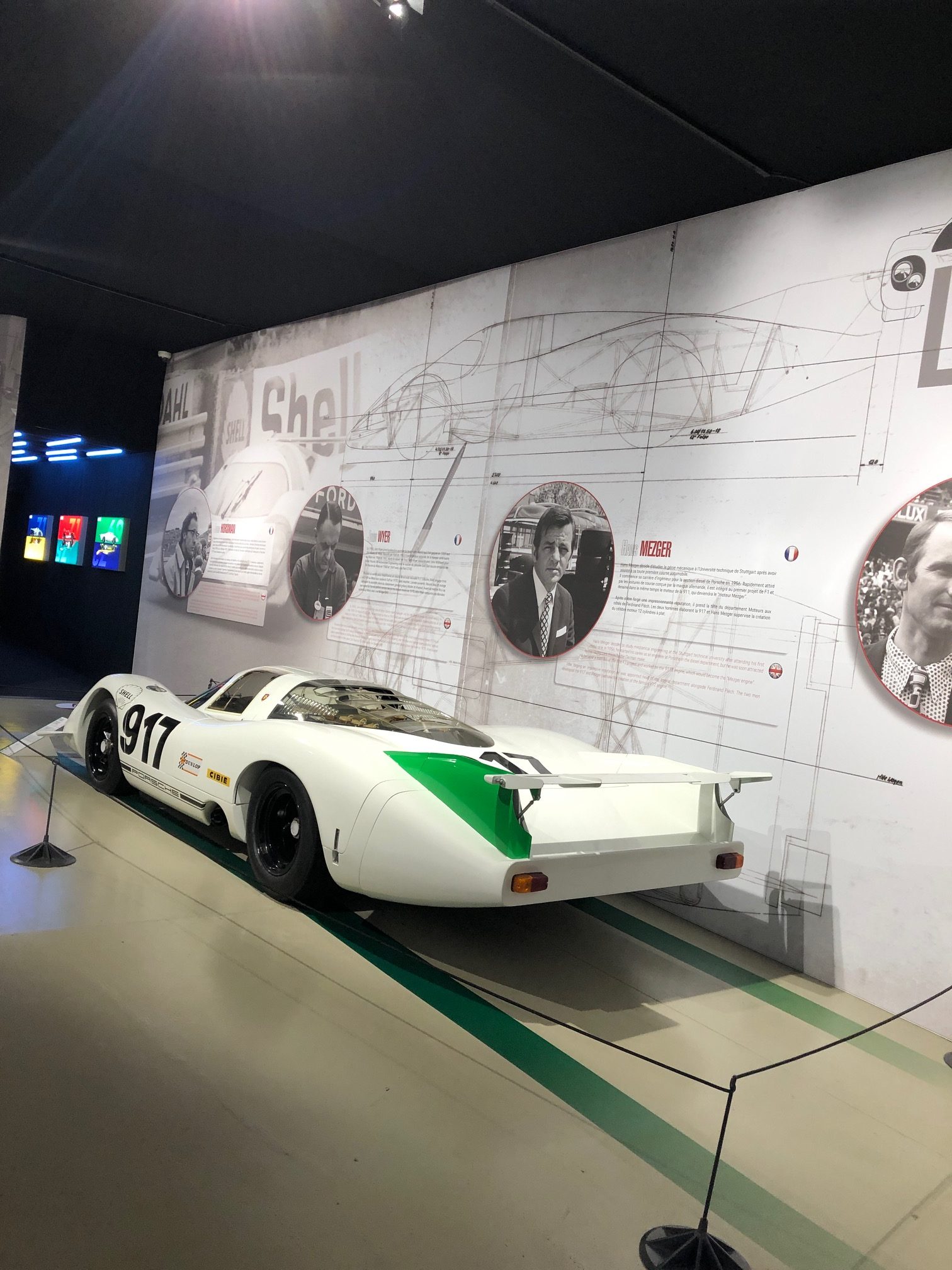 The PORSCHE 917 #001 is the first of the 25 cars produced for the homologation of the model by the CSI (Commission Sportive Internationale). At the time it wore a green and white livery and carried the number 917. The story goes that time was lacking for the assembly of the 25 Porsche 917s so Porsche asked all its employees including the office staff to help with the job!
The PORSCHE 917 #001 is the first of the 25 cars produced for the homologation of the model by the CSI (Commission Sportive Internationale). At the time it wore a green and white livery and carried the number 917. The story goes that time was lacking for the assembly of the 25 Porsche 917s so Porsche asked all its employees including the office staff to help with the job!
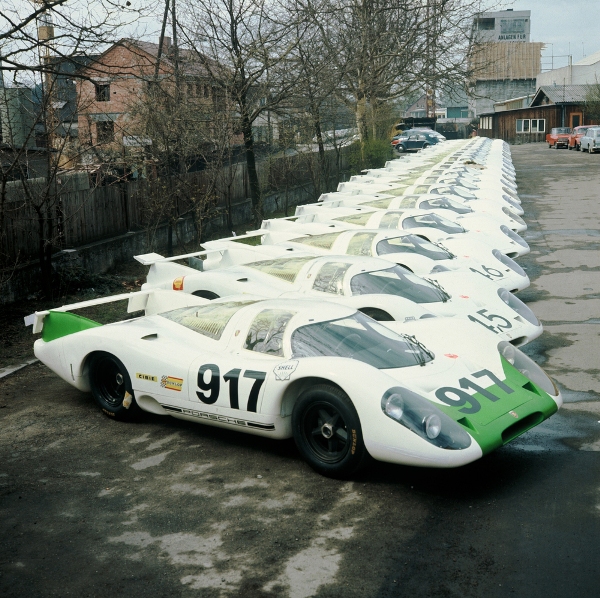 Over time, this car’s livery has been redesigned to meet the needs of different events and current requirements of the German make. After the 917’s victory in the 1970 324 hors of Le Mans t was decorated in an identical livery to that of the winning car. #001 has never raced and has filled the role of a show car. In 2019, it underwent a full restoration and is now on display in the Porsche museum in Stuttgart / Germany.
Over time, this car’s livery has been redesigned to meet the needs of different events and current requirements of the German make. After the 917’s victory in the 1970 324 hors of Le Mans t was decorated in an identical livery to that of the winning car. #001 has never raced and has filled the role of a show car. In 2019, it underwent a full restoration and is now on display in the Porsche museum in Stuttgart / Germany.
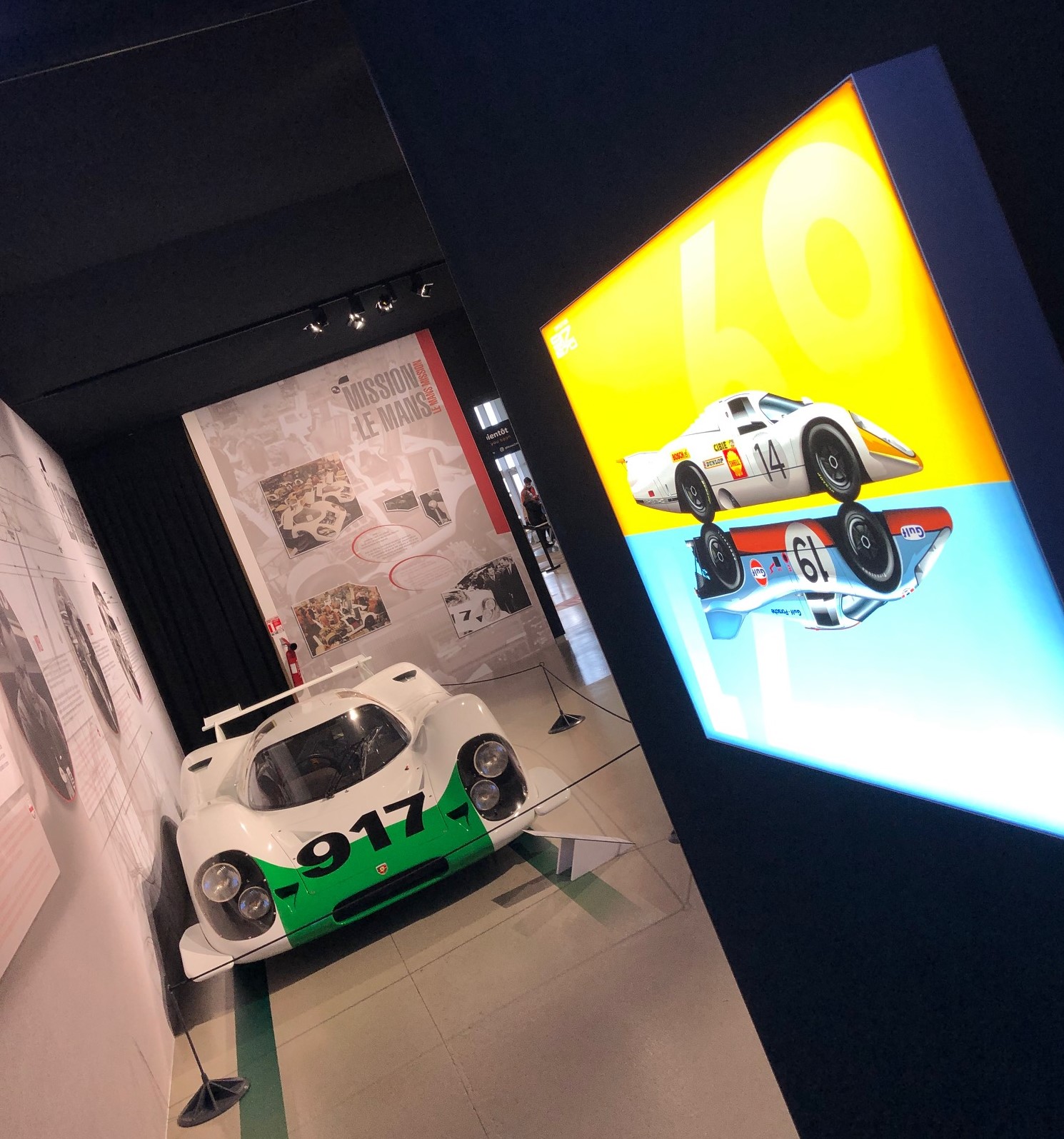 What do you know about the 917’s records?
What do you know about the 917’s records?
5335,313 kms : distance record in the 24 Hours of Le Mans: average speed 222,304km/h, 396 laps. Helmut Marko / Gijs Van Lennep. It held the record for 47 years (today the record has been improved to 5410,713kms).
12 million euros : record price at an auction for Jo Siffert’s 917.
8 victories in 11 races in 1971.
244,397km/h: average speed over a lap in the 24 Hours of Le Mans in 1971, record held for 37 years.
CRAZY!!

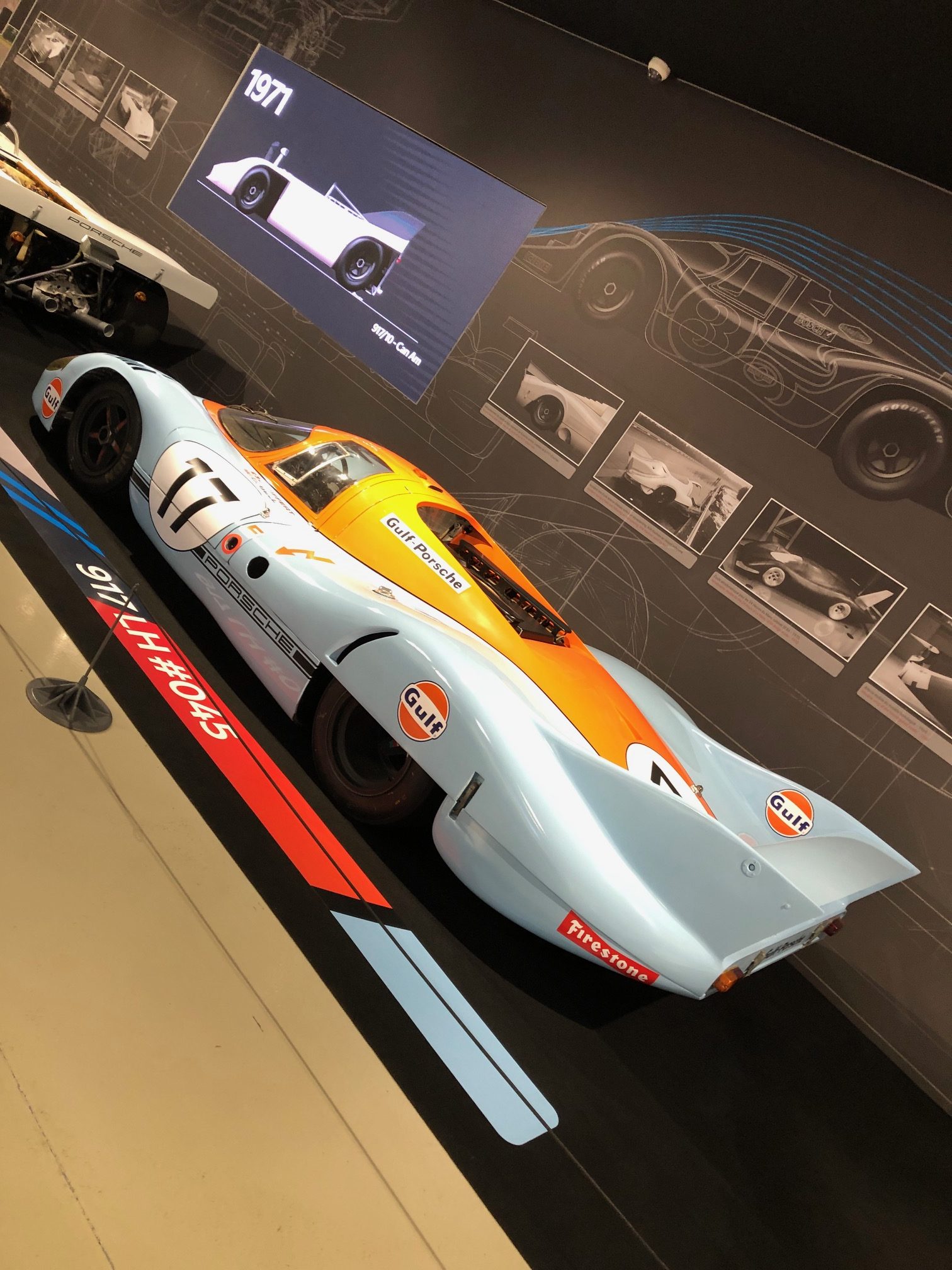 250, 457km/h: average speed in preliminary practice for the 24 Hours of Le Mans in 3m 13.6s by Jackie Oliver on the 13.469-km circuit in 1971.
250, 457km/h: average speed in preliminary practice for the 24 Hours of Le Mans in 3m 13.6s by Jackie Oliver on the 13.469-km circuit in 1971.
800kgs: weight.
47 kgs: weight of the chassis
388 km/h: maximum speed measured in the Mulsanne straight in 1971
1.2 mm: thickness of the bodywork.
CRAZY!! Remember, it was in the … seventies!!!
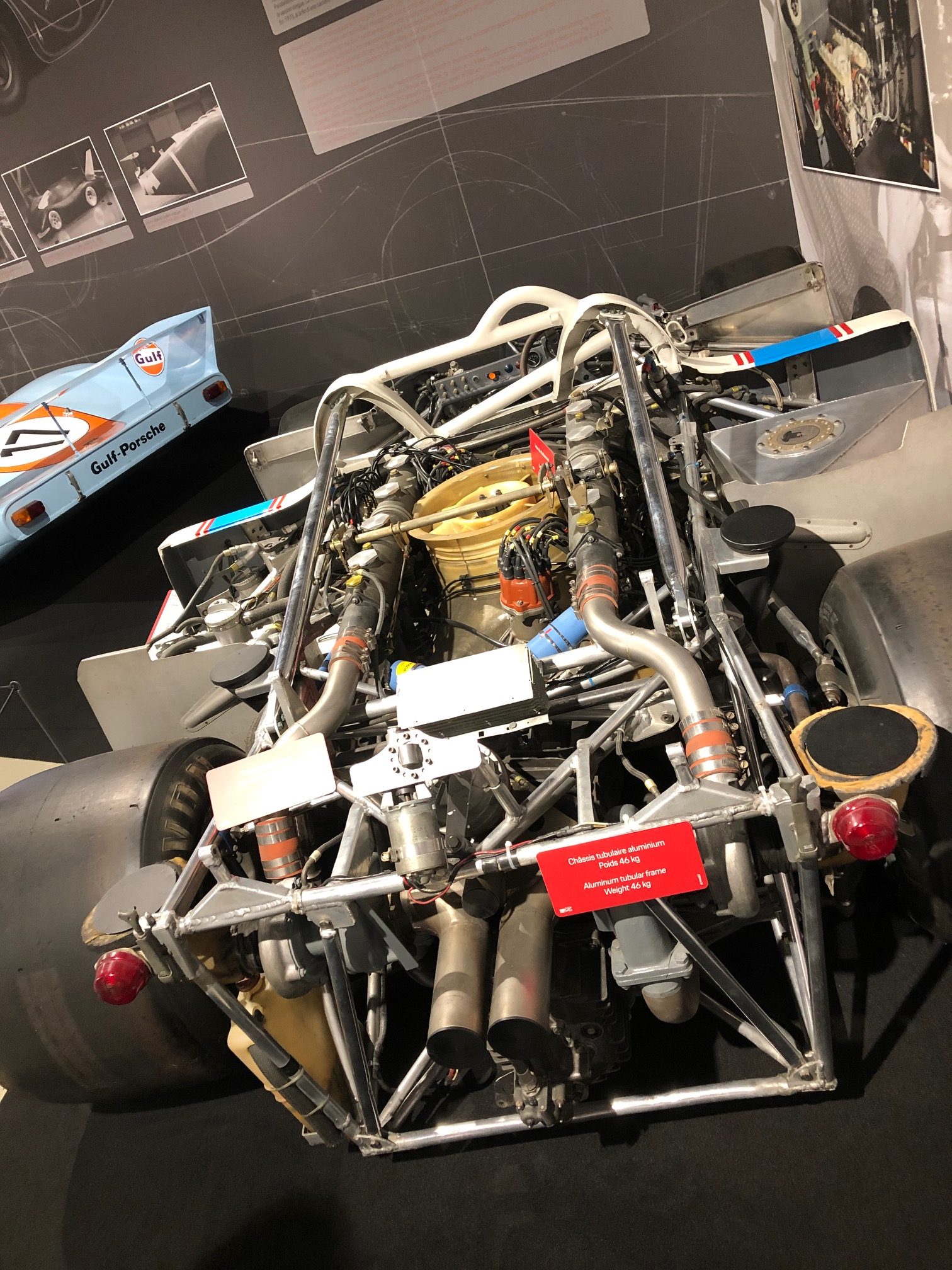 Porsche developed an open 917 for the CAN-AM race series. Two units were constructed in Zuffenhausen in 1969. One raced in the USA, the other one (on this photo) became famous when it was used to test the most powerful naturally aspired race engine ever built by Porsche: a sixteen cylinder engine with 6.6 litres displacement and 800hp. To accommodate the engine, the aluminium tubular frame was reinforced and expended, taking the car up to 841 kgs.
Porsche developed an open 917 for the CAN-AM race series. Two units were constructed in Zuffenhausen in 1969. One raced in the USA, the other one (on this photo) became famous when it was used to test the most powerful naturally aspired race engine ever built by Porsche: a sixteen cylinder engine with 6.6 litres displacement and 800hp. To accommodate the engine, the aluminium tubular frame was reinforced and expended, taking the car up to 841 kgs.
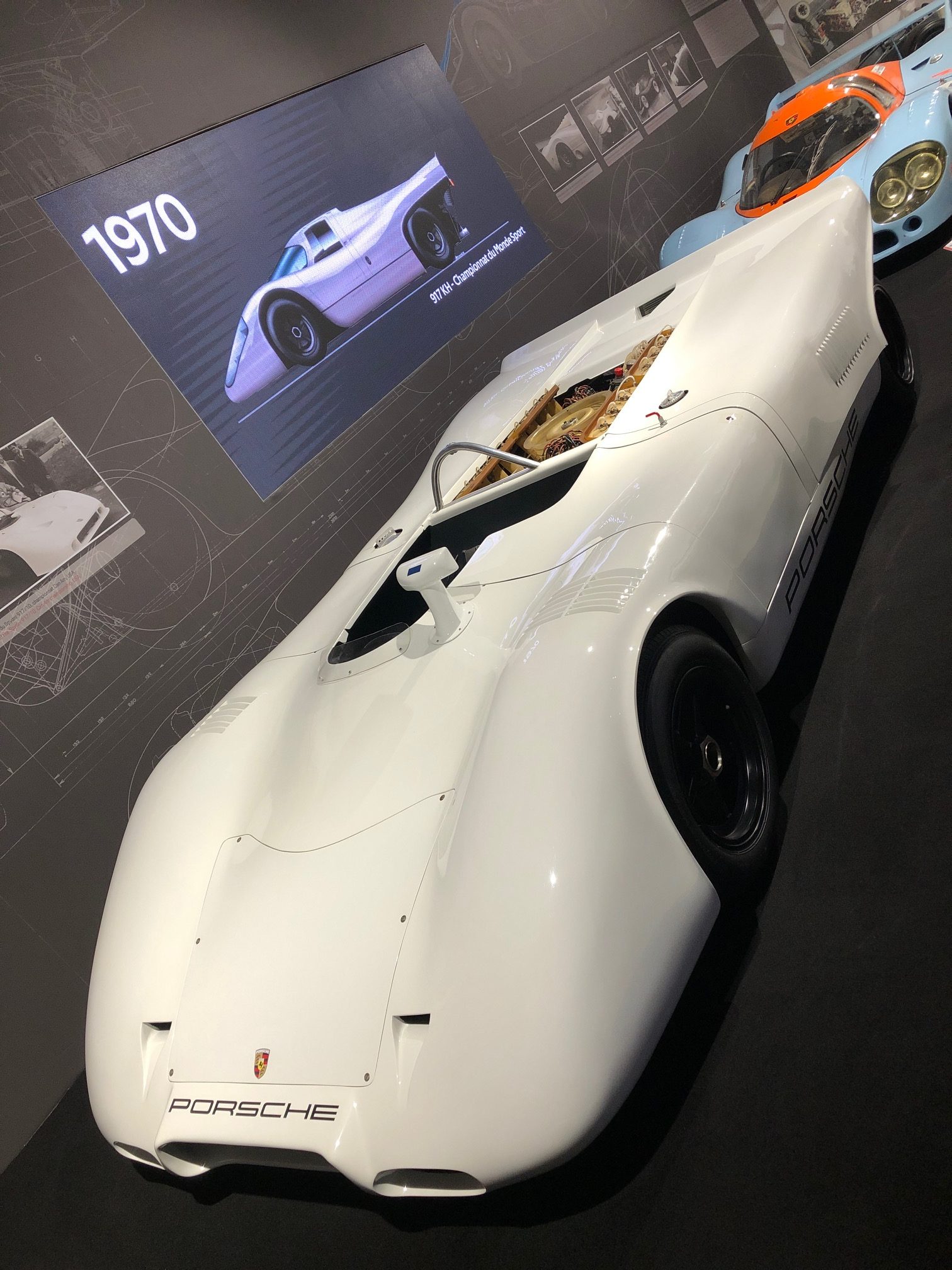 And another unbelievable story: it’s April 1975, and Conte Rossi di Montelera – the man who masterminded Porsche’s sponsorship tie-up with Martini & Rossi – is at Weissach to collect his new 917K. But he won’t be returning it to his home in Paris on a trailer. Thanks to an amusing legal loophole, he’ll be driving it there himself …Count Rossi’s 917K – chassis #030 – was originally built as a test-bed for Porsche’s ABS system, before competing in the 1971 Austrian 1,000km at the Österreichring under the Martini Racing banner. In the hands of Dr Helmut Marko and Gérard Larrousse, it retired with suspension problems, after which it was put into storage at the factory. That was until Rossi requested to buy the car in 1974 and turn it into a road car. While the factory obliged, the European authorities didn’t. As such, Rossi used his considerable influence to get the prototype road registered in Alabama, on one condition – that he never brings the car to the American state. It might be wearing number plates, but it’s not fooling anyone – save for the extra mirrors and a silencer for the exhausts, virtually nothing was changed. A racing car for the road? You bet !
And another unbelievable story: it’s April 1975, and Conte Rossi di Montelera – the man who masterminded Porsche’s sponsorship tie-up with Martini & Rossi – is at Weissach to collect his new 917K. But he won’t be returning it to his home in Paris on a trailer. Thanks to an amusing legal loophole, he’ll be driving it there himself …Count Rossi’s 917K – chassis #030 – was originally built as a test-bed for Porsche’s ABS system, before competing in the 1971 Austrian 1,000km at the Österreichring under the Martini Racing banner. In the hands of Dr Helmut Marko and Gérard Larrousse, it retired with suspension problems, after which it was put into storage at the factory. That was until Rossi requested to buy the car in 1974 and turn it into a road car. While the factory obliged, the European authorities didn’t. As such, Rossi used his considerable influence to get the prototype road registered in Alabama, on one condition – that he never brings the car to the American state. It might be wearing number plates, but it’s not fooling anyone – save for the extra mirrors and a silencer for the exhausts, virtually nothing was changed. A racing car for the road? You bet !
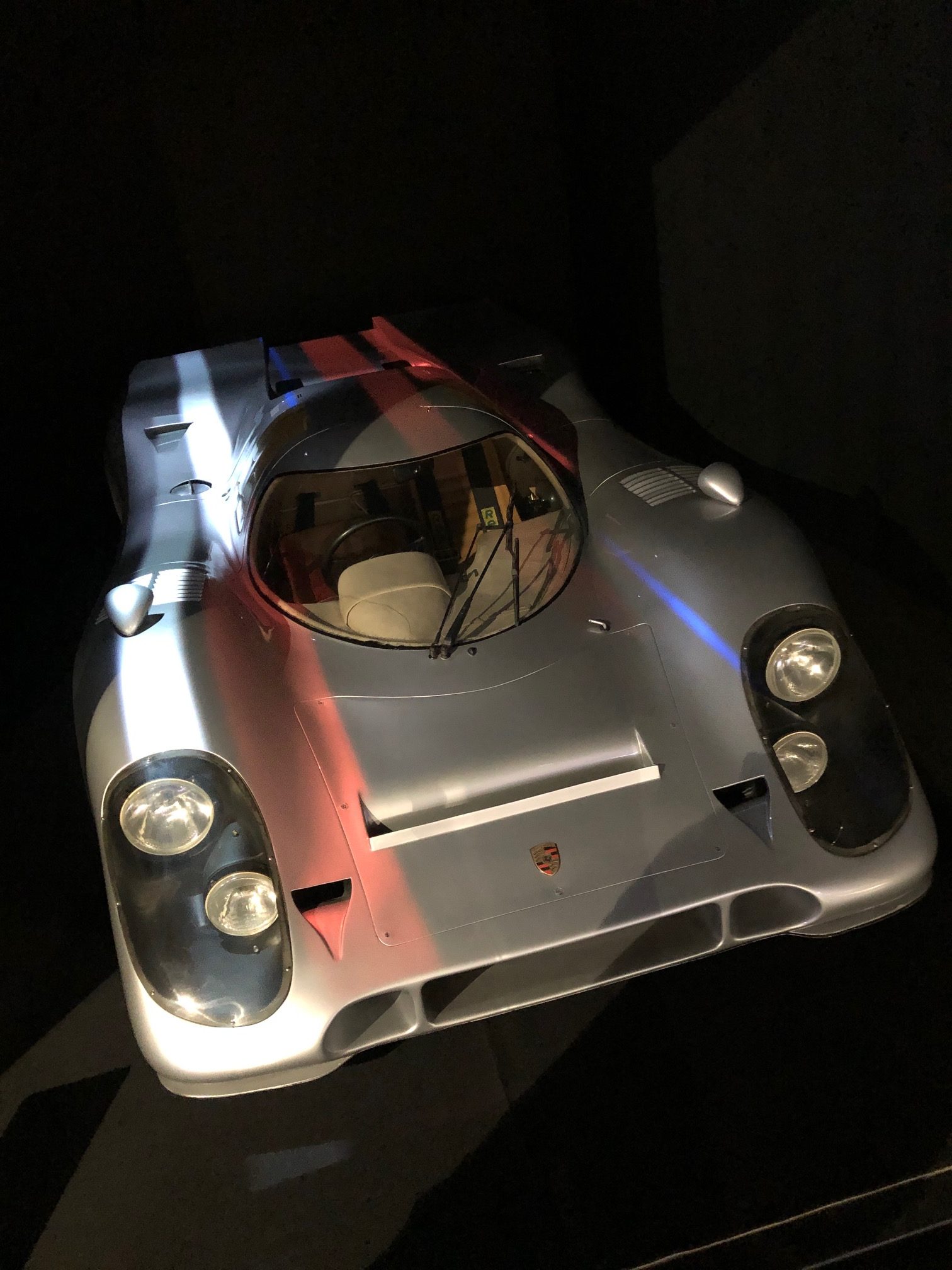 The #17 Porsche 917 LH was the last Lang Heck (long-tail) to leave the Porsche workshops for the 1971 24 Hours of Le Mans. Is was entered by the John Wyer Automotive Engineering team and was originally painted in the Gulf oil colors. On the request of the ACO (Automobile Club de l’Ouest), Porsche gave the car to the 24 Hours of Le Mans Museum’s collections as a gift after repainting it in the official colours of the Martini racing team.
The #17 Porsche 917 LH was the last Lang Heck (long-tail) to leave the Porsche workshops for the 1971 24 Hours of Le Mans. Is was entered by the John Wyer Automotive Engineering team and was originally painted in the Gulf oil colors. On the request of the ACO (Automobile Club de l’Ouest), Porsche gave the car to the 24 Hours of Le Mans Museum’s collections as a gift after repainting it in the official colours of the Martini racing team.
 50 years later, the ACO decided to restore the #17 Porsche 917 to its original state and the car was sent off for a 2-months restoration. First of all, it was scanned to establish a report on its structural integrity after which it was stripped, which led to the discovery under the Martini colours of the blue and orange paint of its original livery. This enabled the restoration teams to reproduce the identical Gulf colours as they were at the time.
50 years later, the ACO decided to restore the #17 Porsche 917 to its original state and the car was sent off for a 2-months restoration. First of all, it was scanned to establish a report on its structural integrity after which it was stripped, which led to the discovery under the Martini colours of the blue and orange paint of its original livery. This enabled the restoration teams to reproduce the identical Gulf colours as they were at the time.
 Did you know that the Porsche 917 has been named the “greatest sports car of the century”?
Did you know that the Porsche 917 has been named the “greatest sports car of the century”?
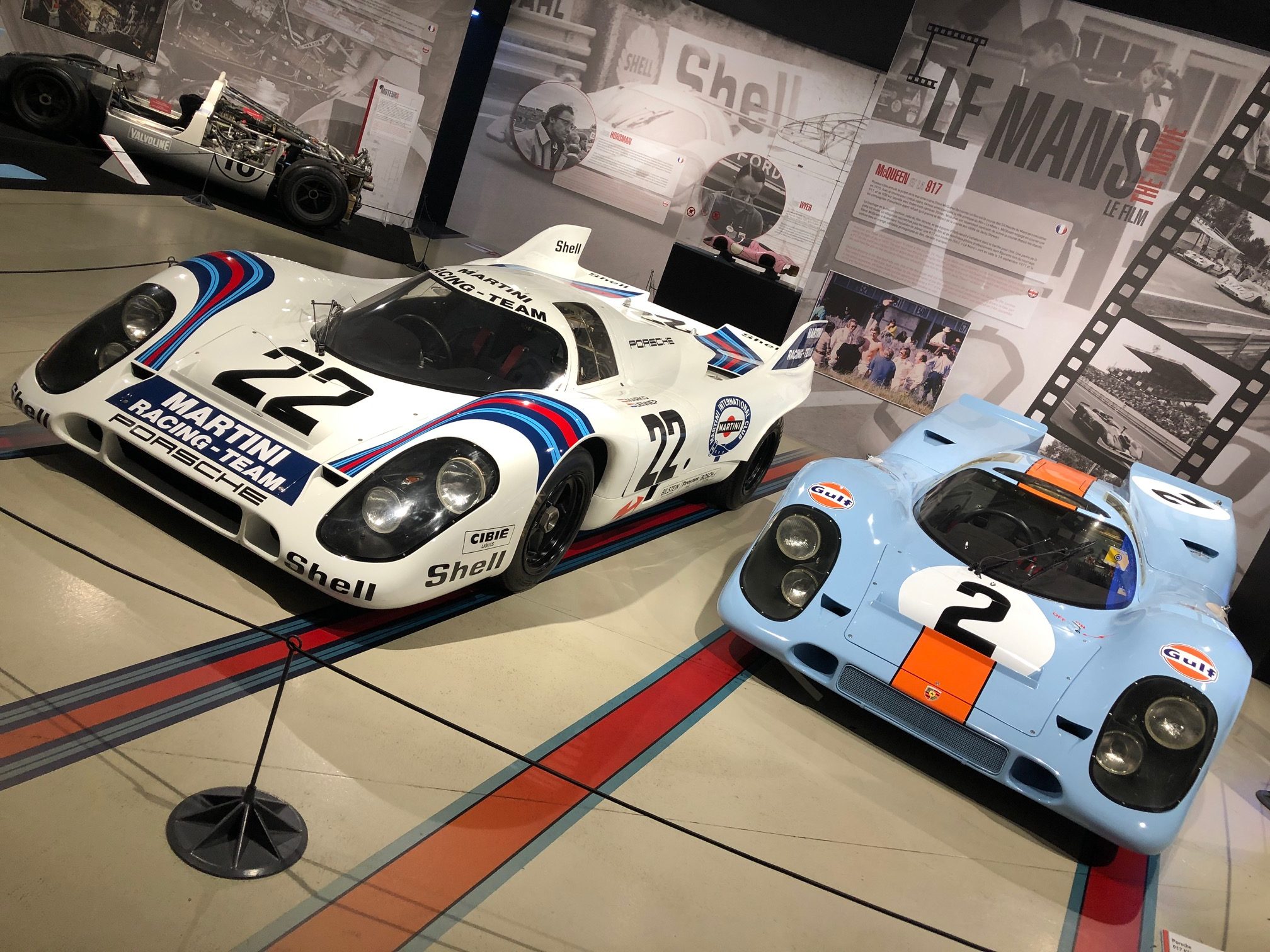 The aerodynamic defects were spotted thanks to a surprise observation. After track testing engineers noticed that there were no gnats on the rear bonnet, proof that the airflow did not affect all the car’s bodywork. This observation led to a redesign of the car and the rear bonnet was raised.
The aerodynamic defects were spotted thanks to a surprise observation. After track testing engineers noticed that there were no gnats on the rear bonnet, proof that the airflow did not affect all the car’s bodywork. This observation led to a redesign of the car and the rear bonnet was raised.
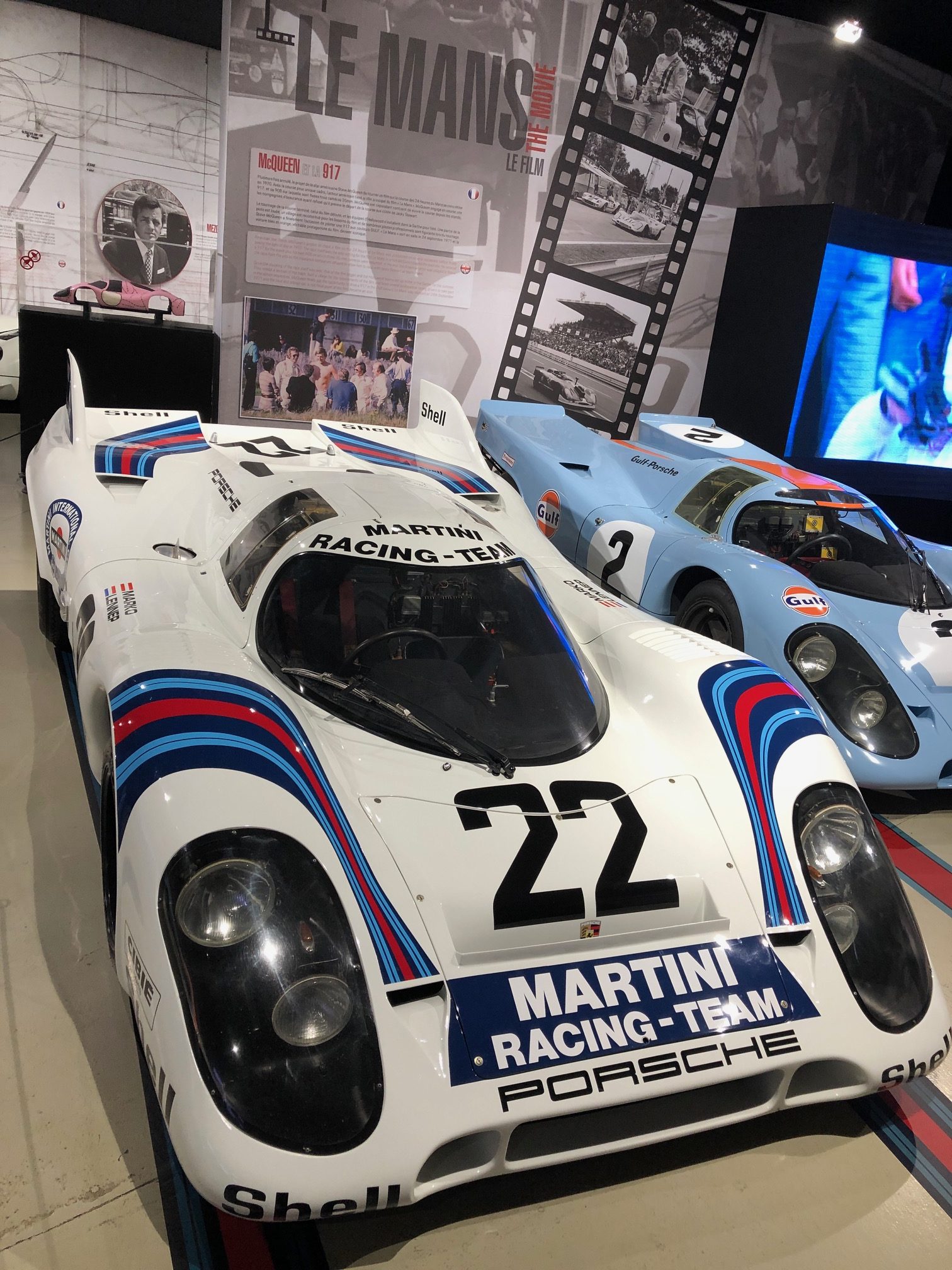 Converted to a short-tail version right after its production, chassis number 015 is delivered to JWAE team to enter the 1970 World Championship. The car will go on to win the first ever race she was engaged in the 24 Hours of DAYTONA 1970. To race at Daytona, the car is equipped with a second windscreen to improve the visibility in the banking of the American track.
Converted to a short-tail version right after its production, chassis number 015 is delivered to JWAE team to enter the 1970 World Championship. The car will go on to win the first ever race she was engaged in the 24 Hours of DAYTONA 1970. To race at Daytona, the car is equipped with a second windscreen to improve the visibility in the banking of the American track.
 This visit at the Le Mans museum was a blast!!
This visit at the Le Mans museum was a blast!!
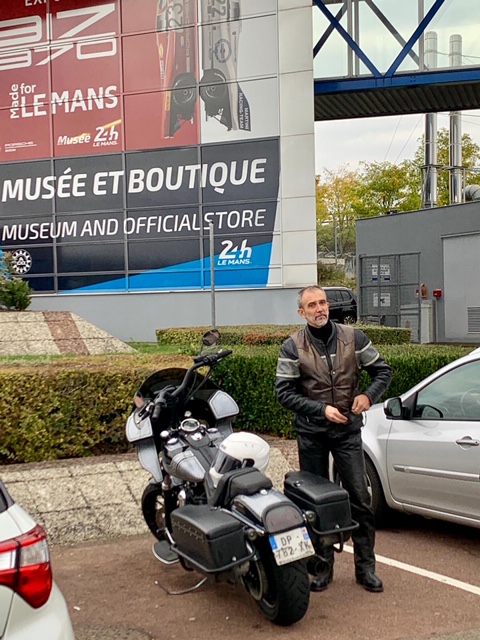 But this ride is not over. I’ll soon tell you the rest of the story … stay tuned.
But this ride is not over. I’ll soon tell you the rest of the story … stay tuned.
 See you soon on the road …who knows?
See you soon on the road …who knows?
Hervé your French biker friend.





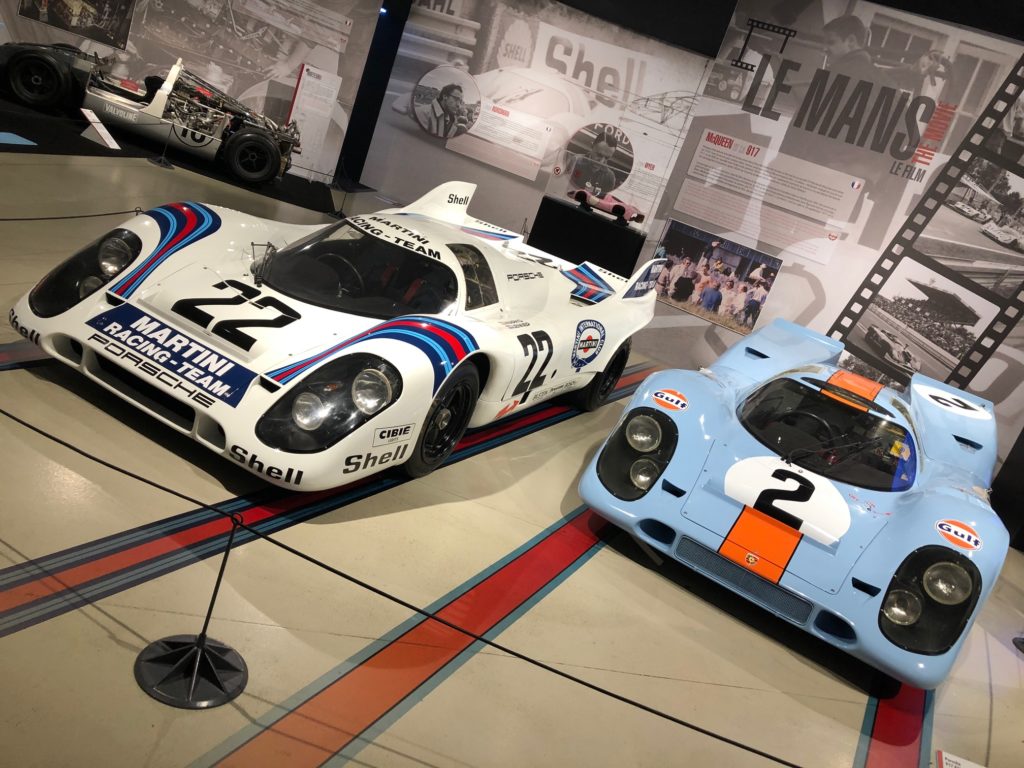
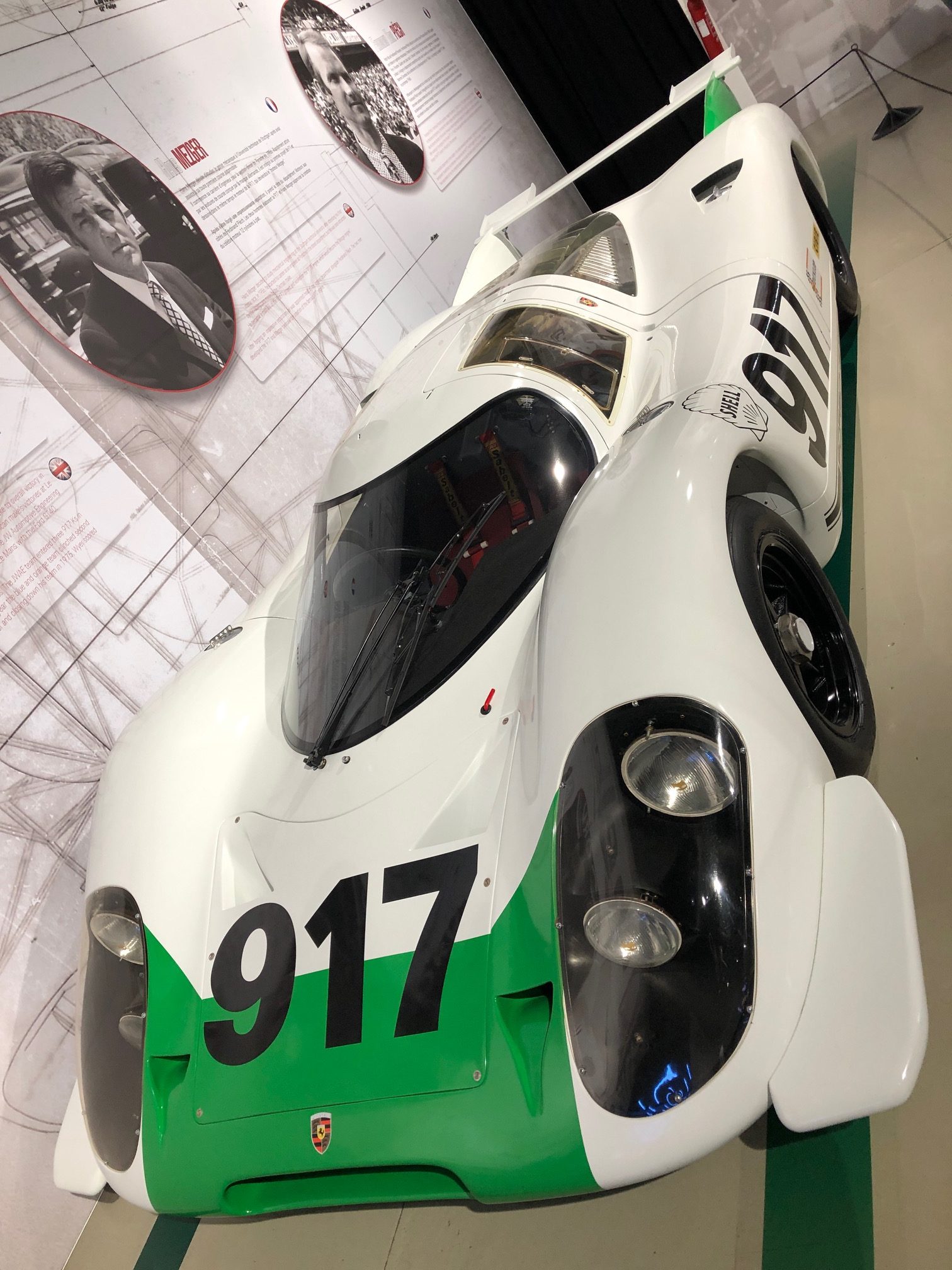
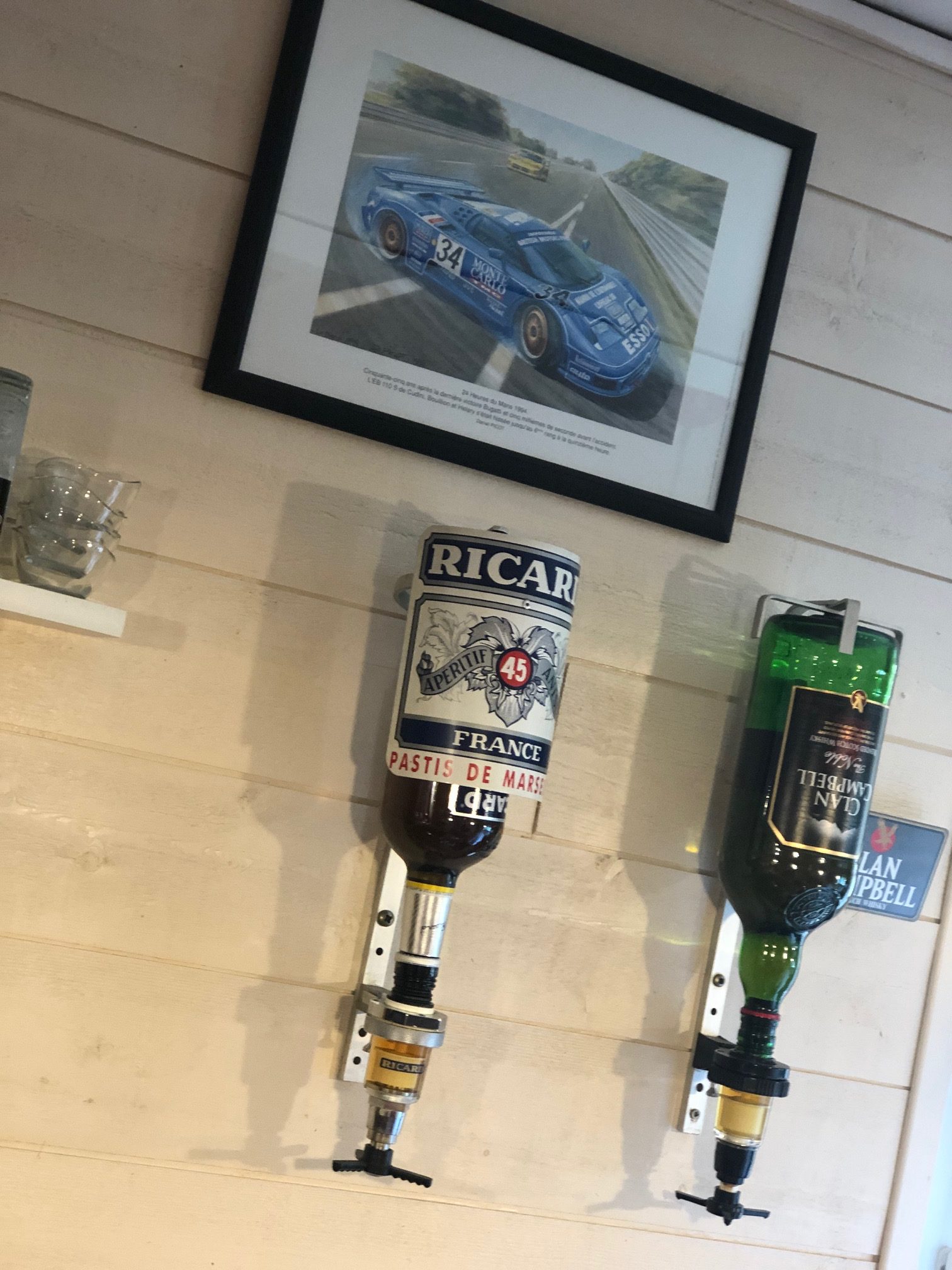

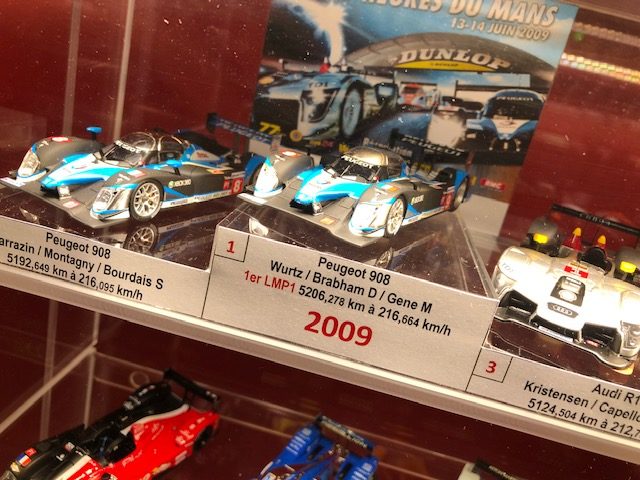
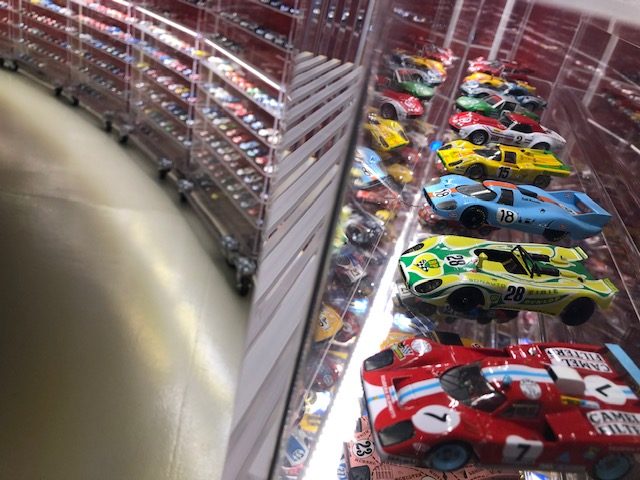
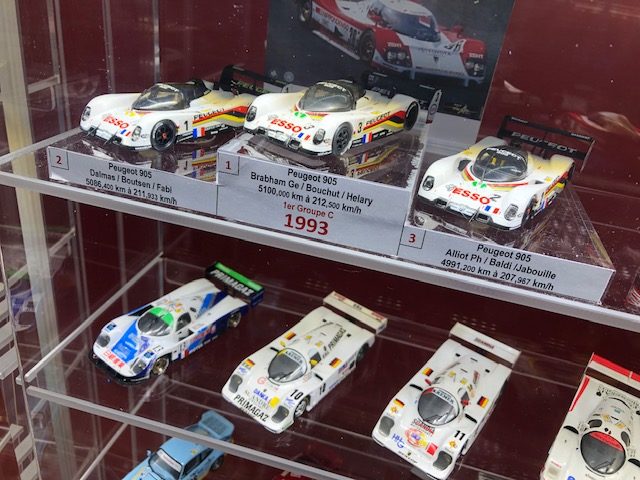
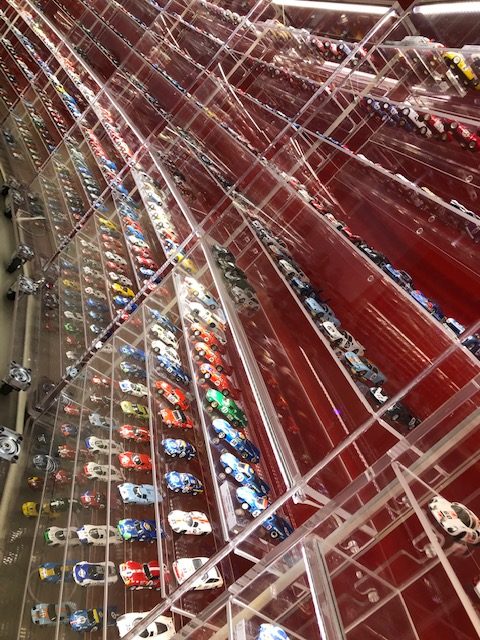
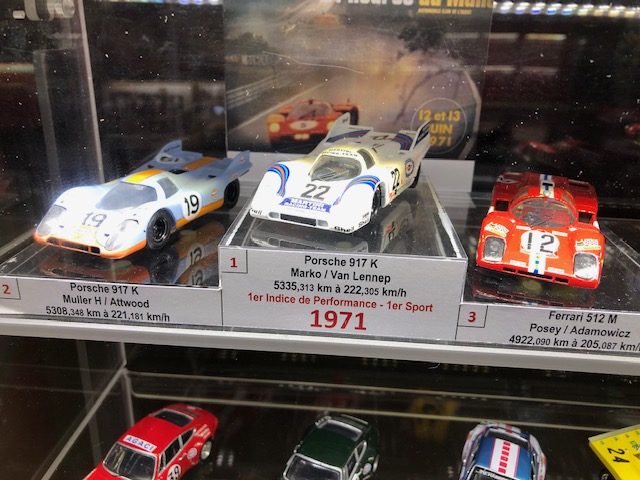
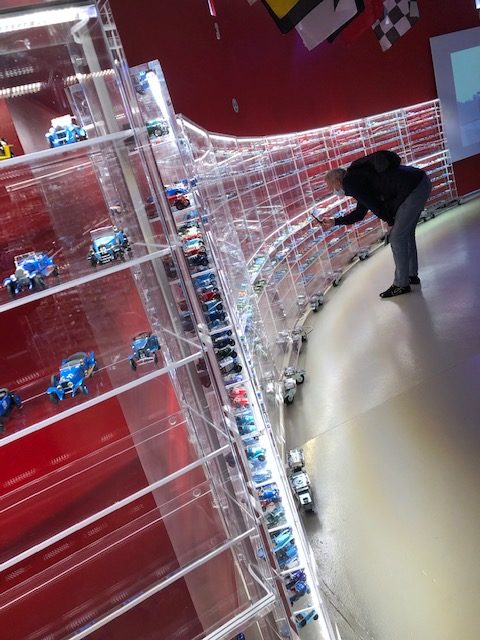
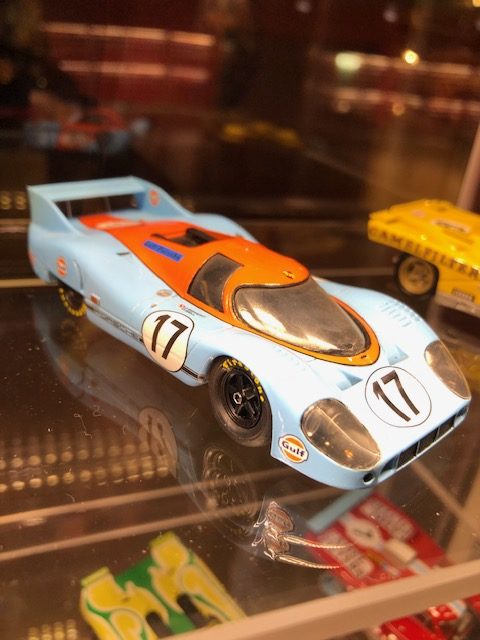
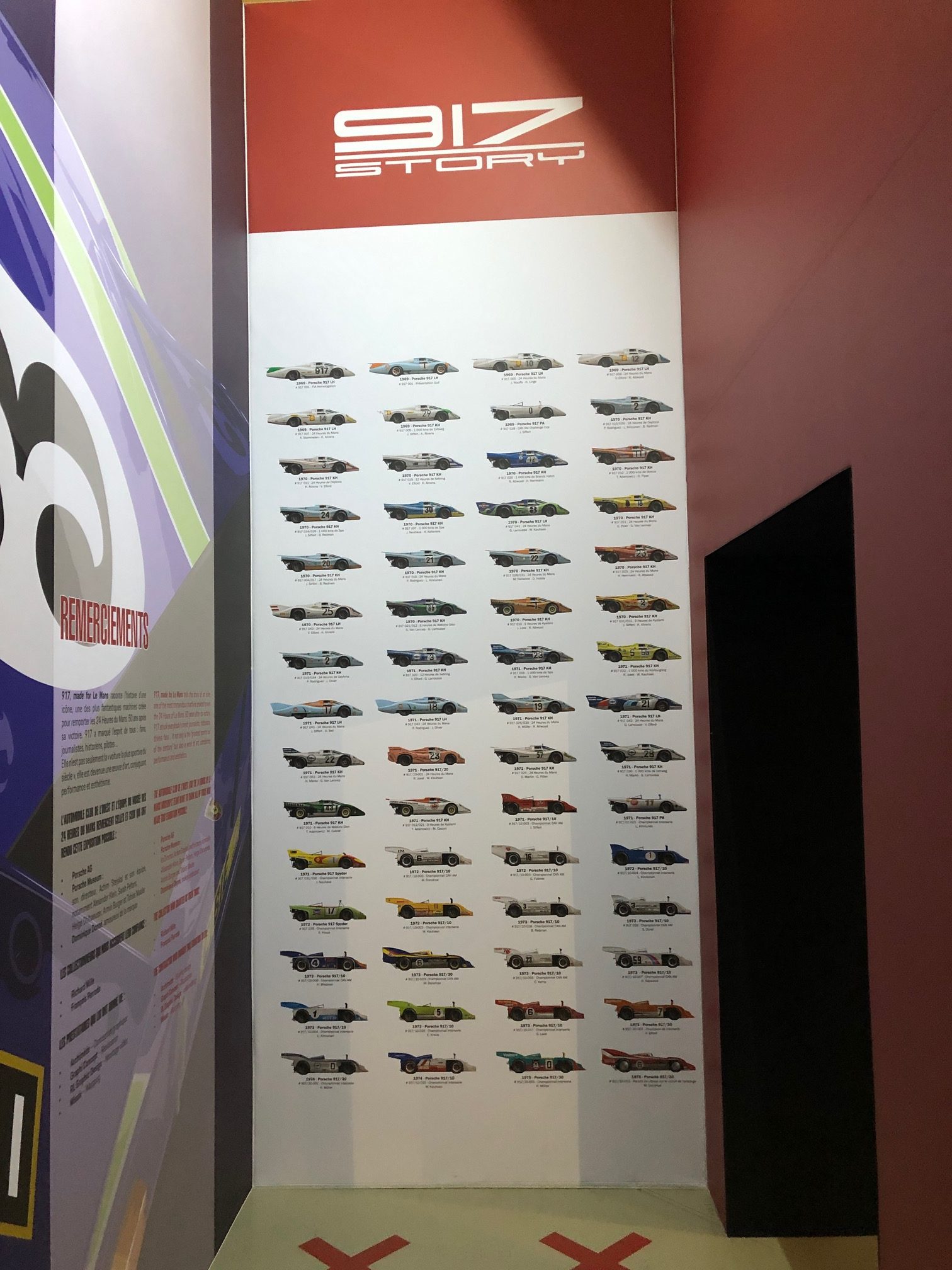
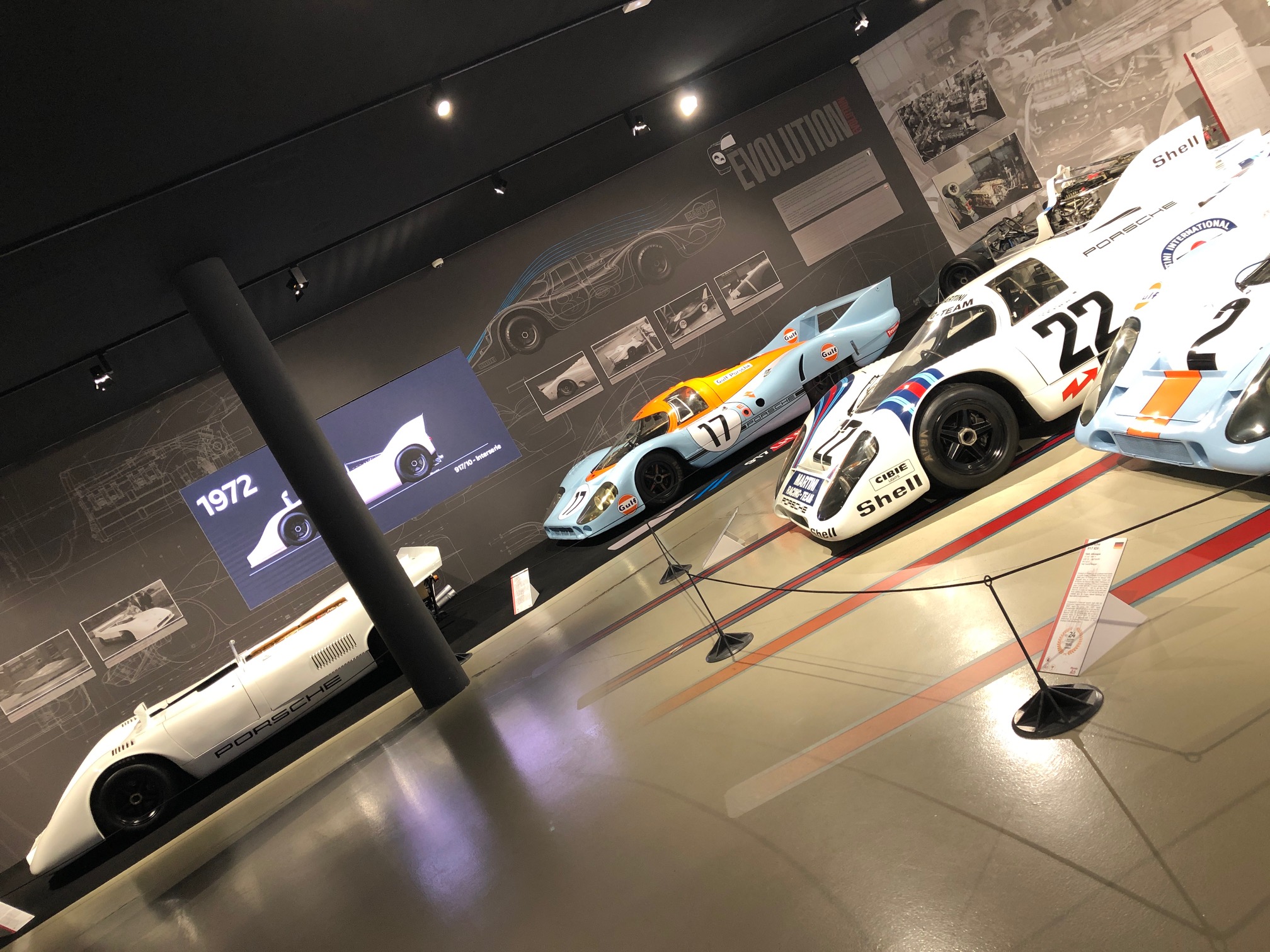
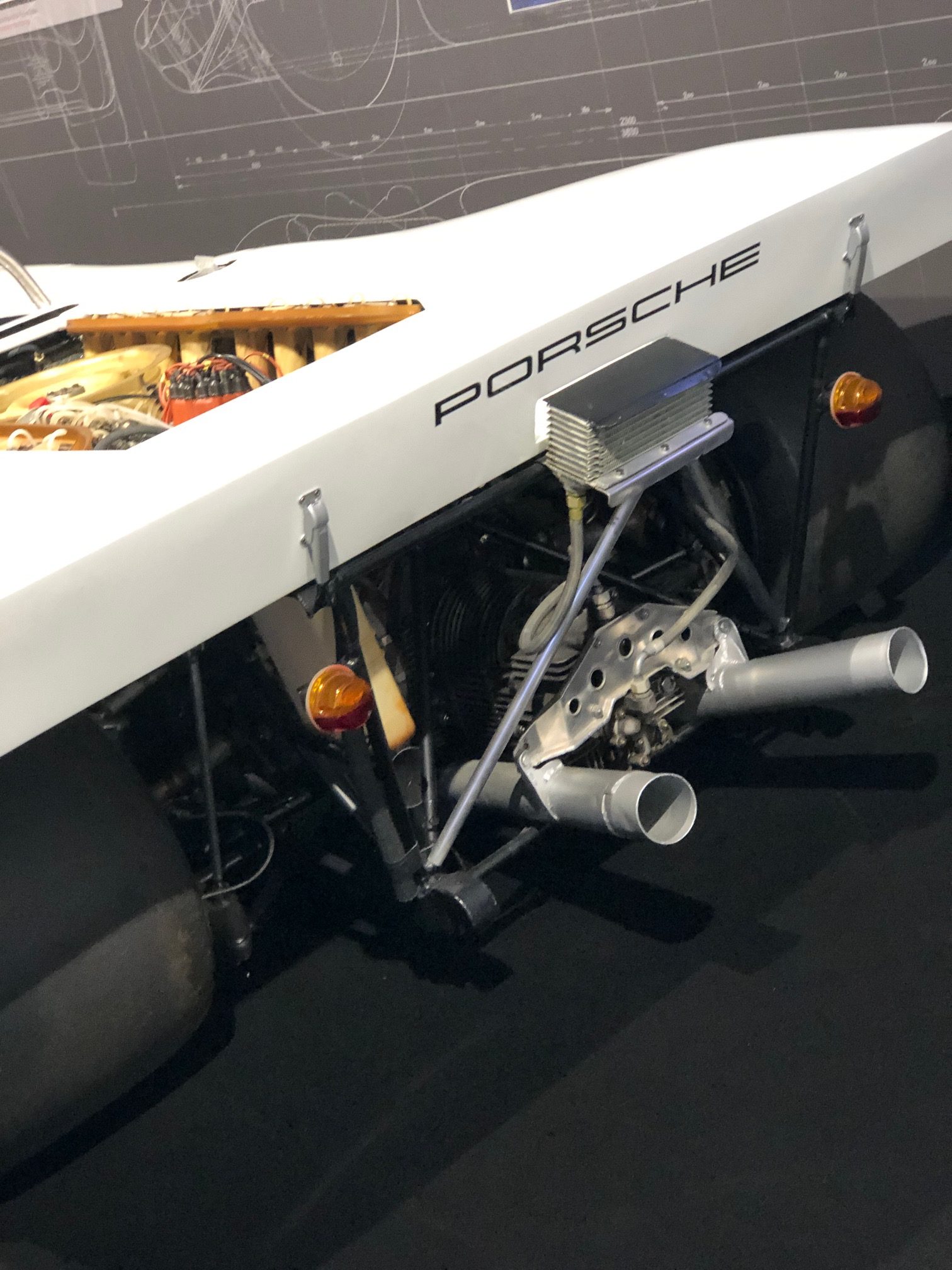
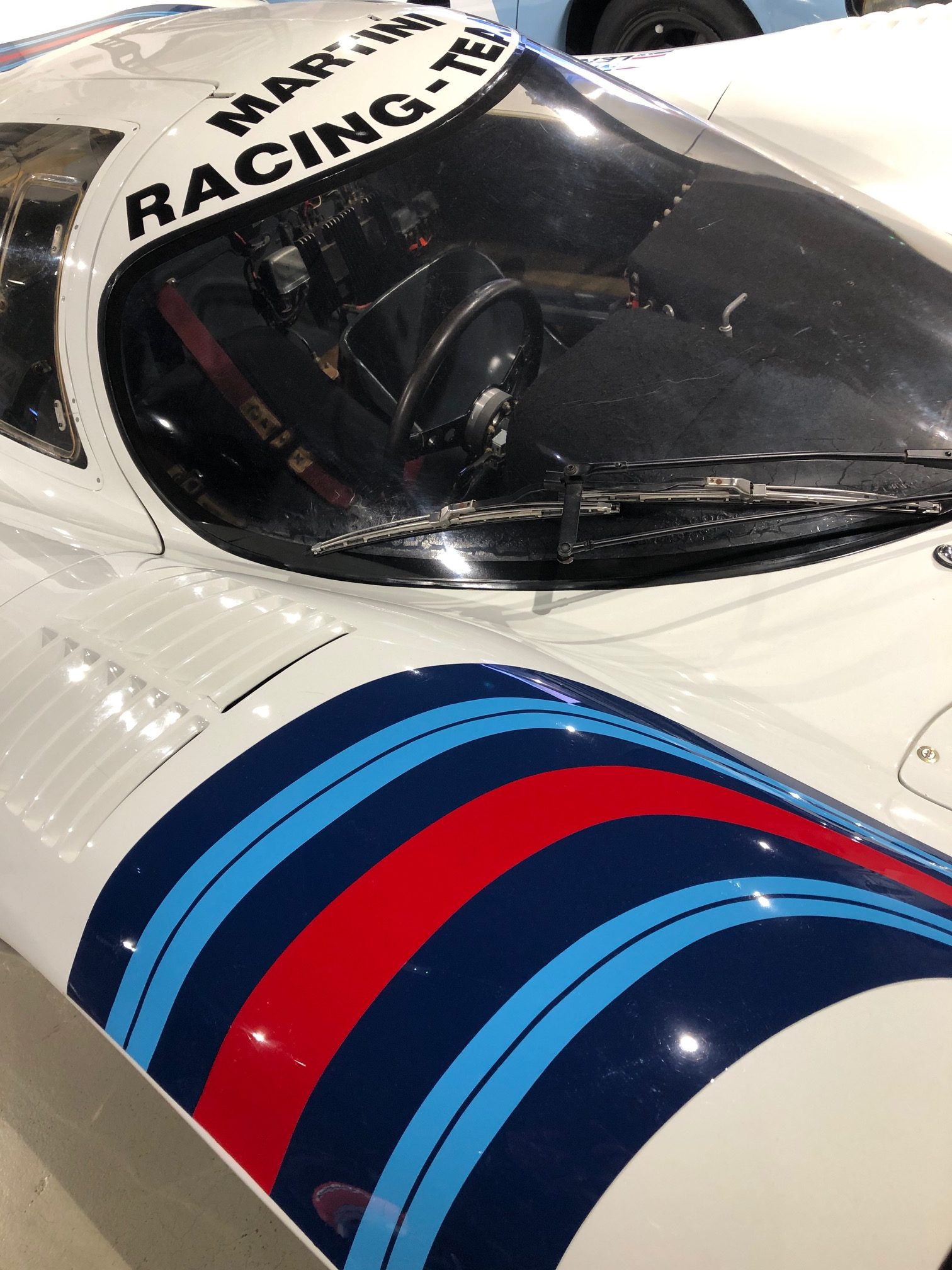
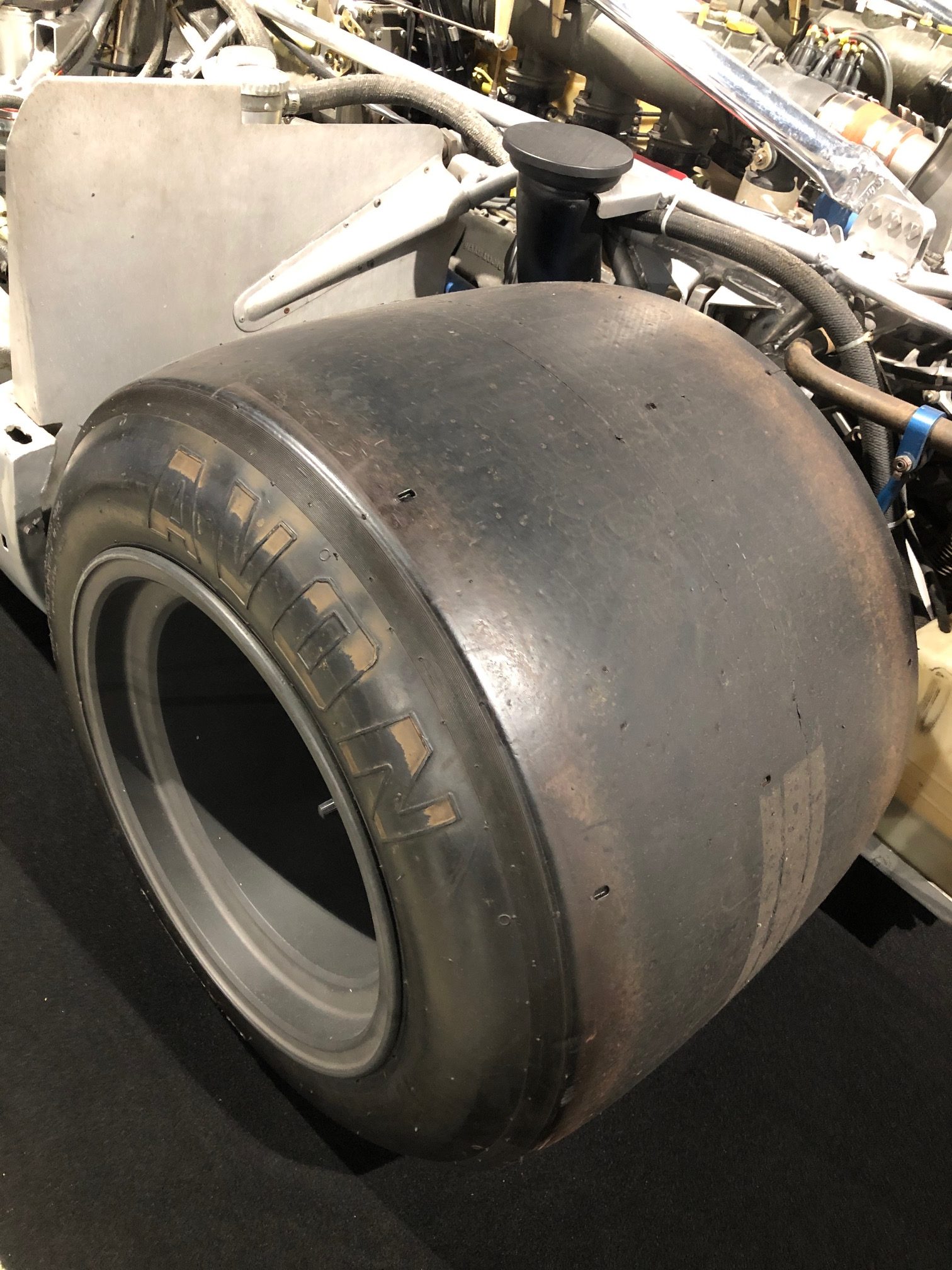
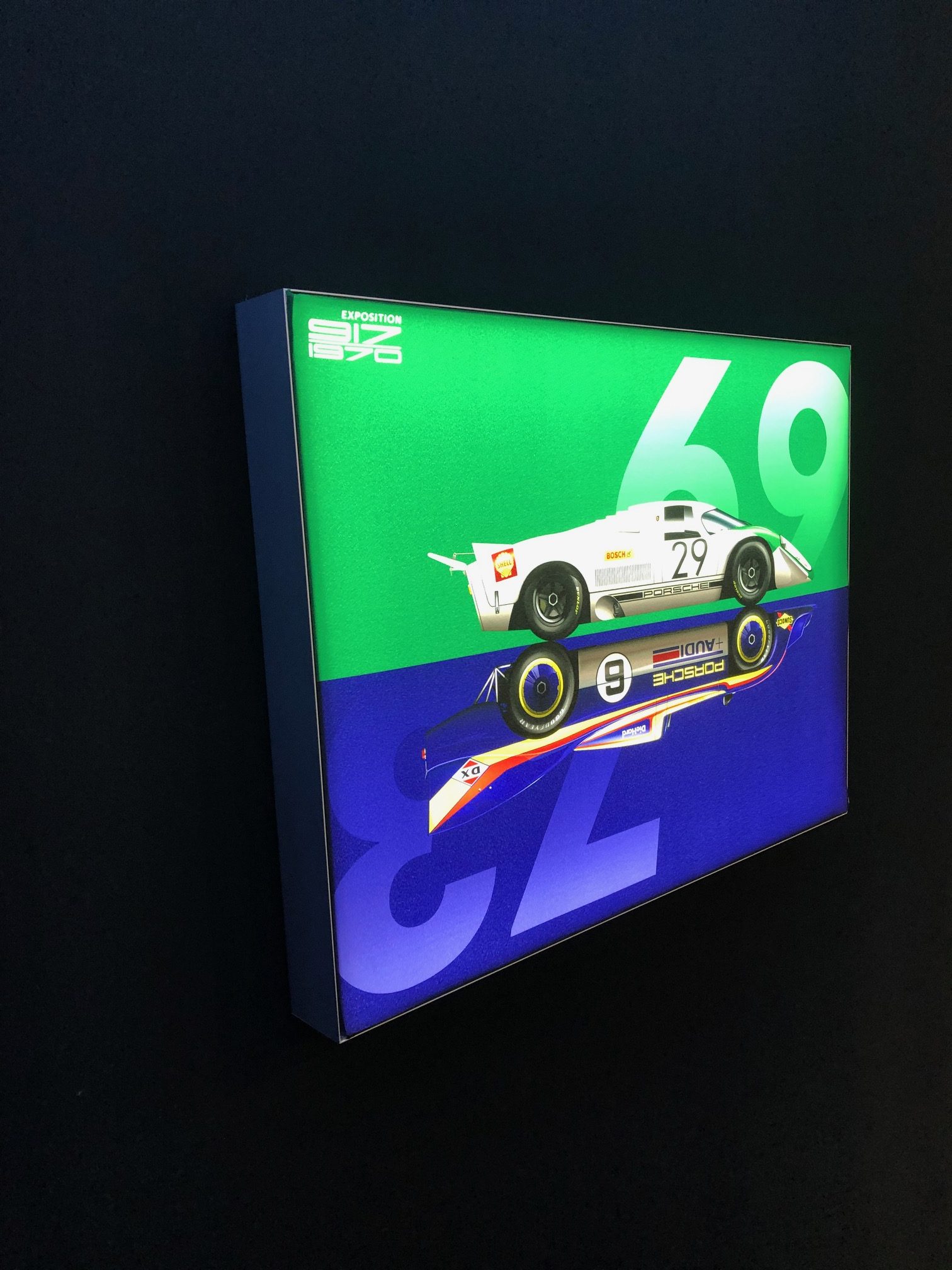
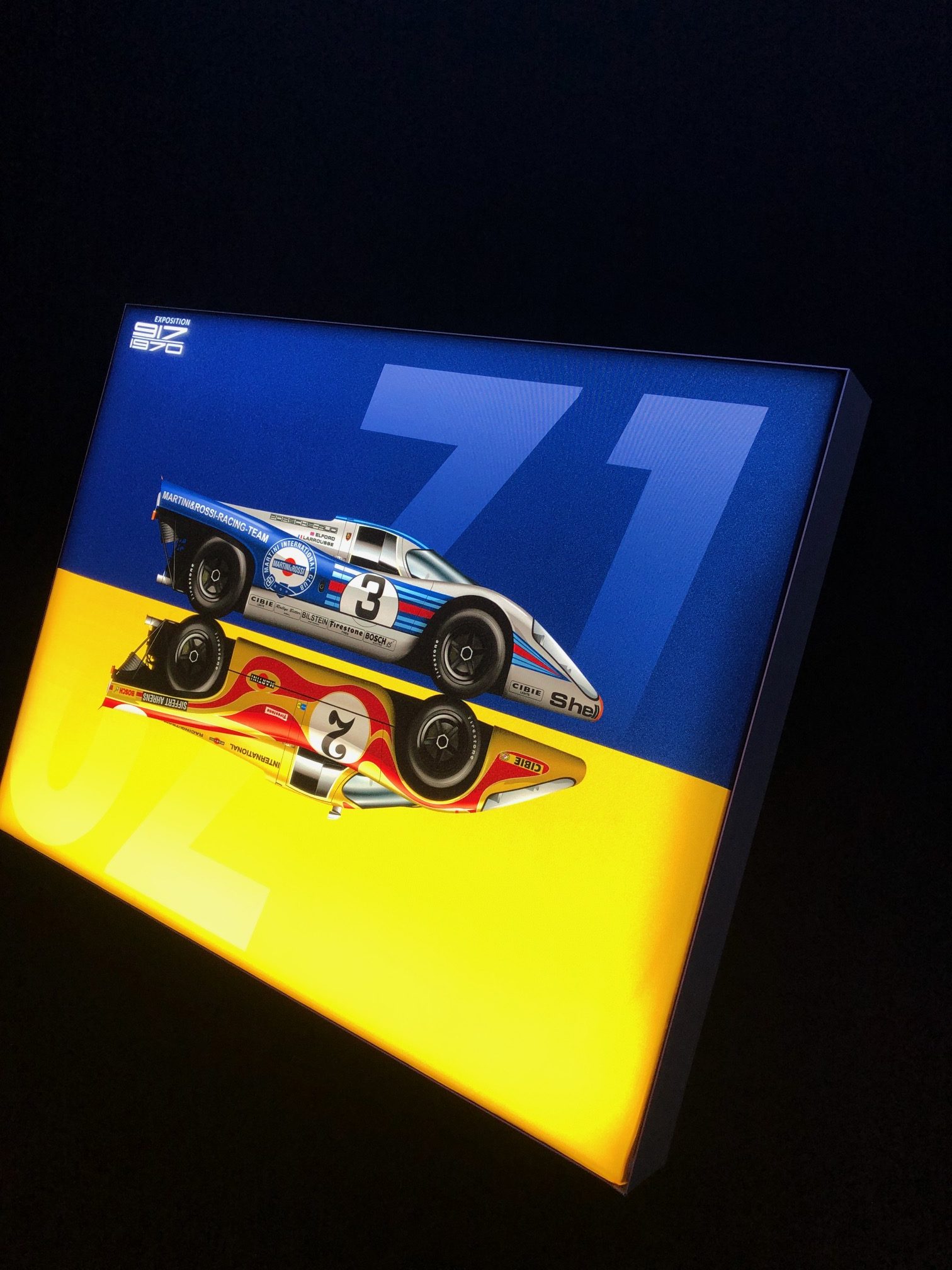
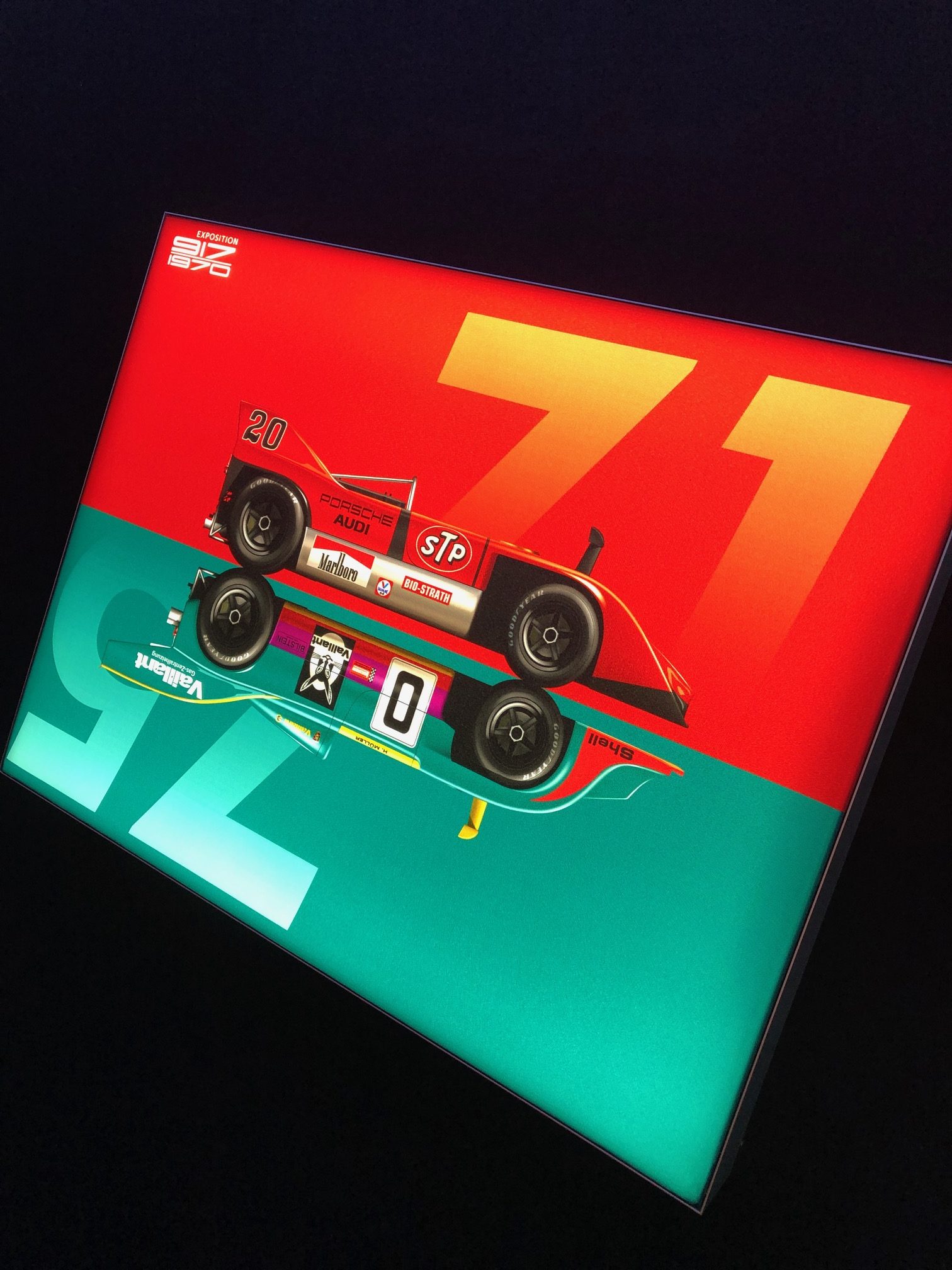
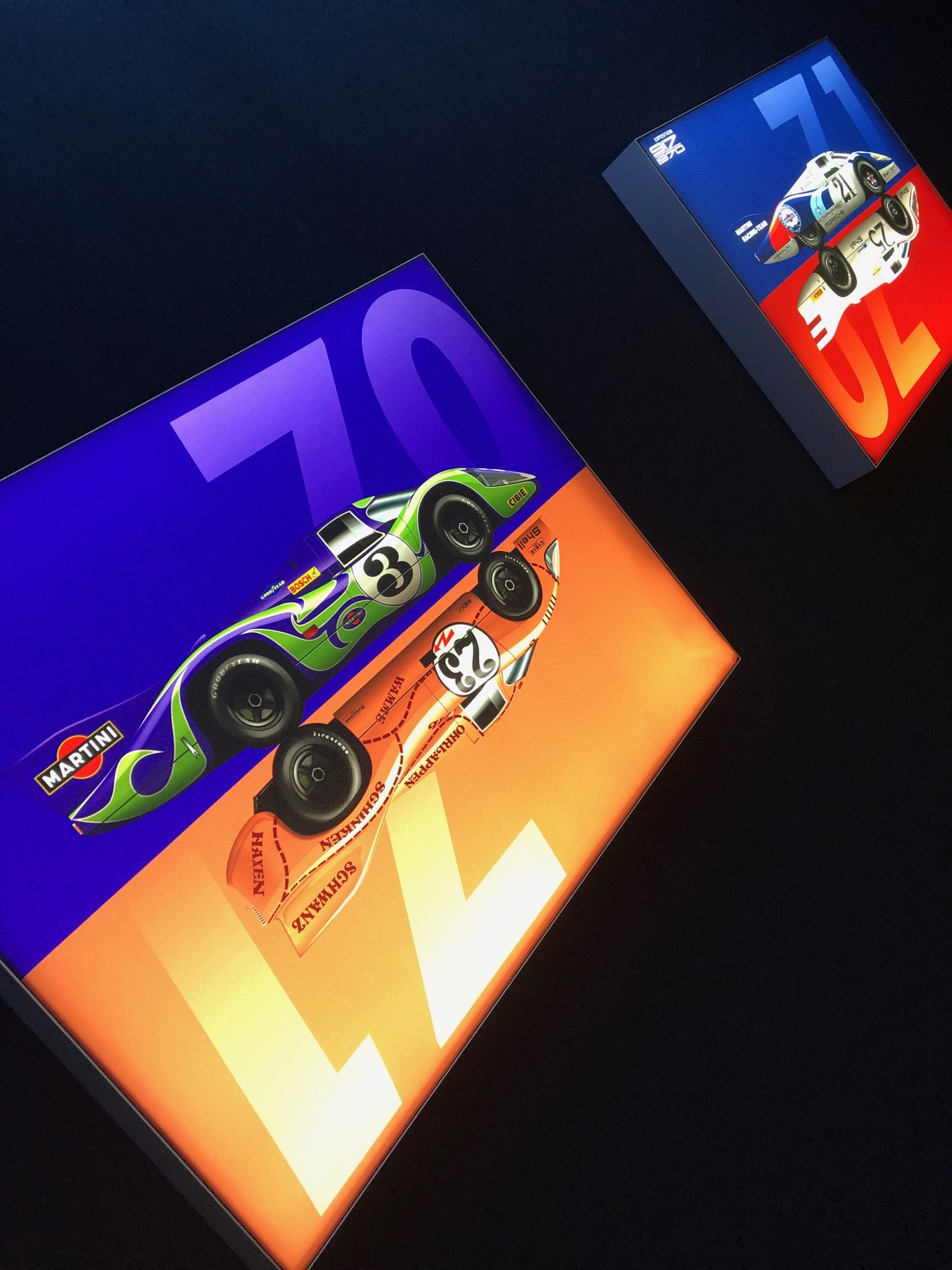

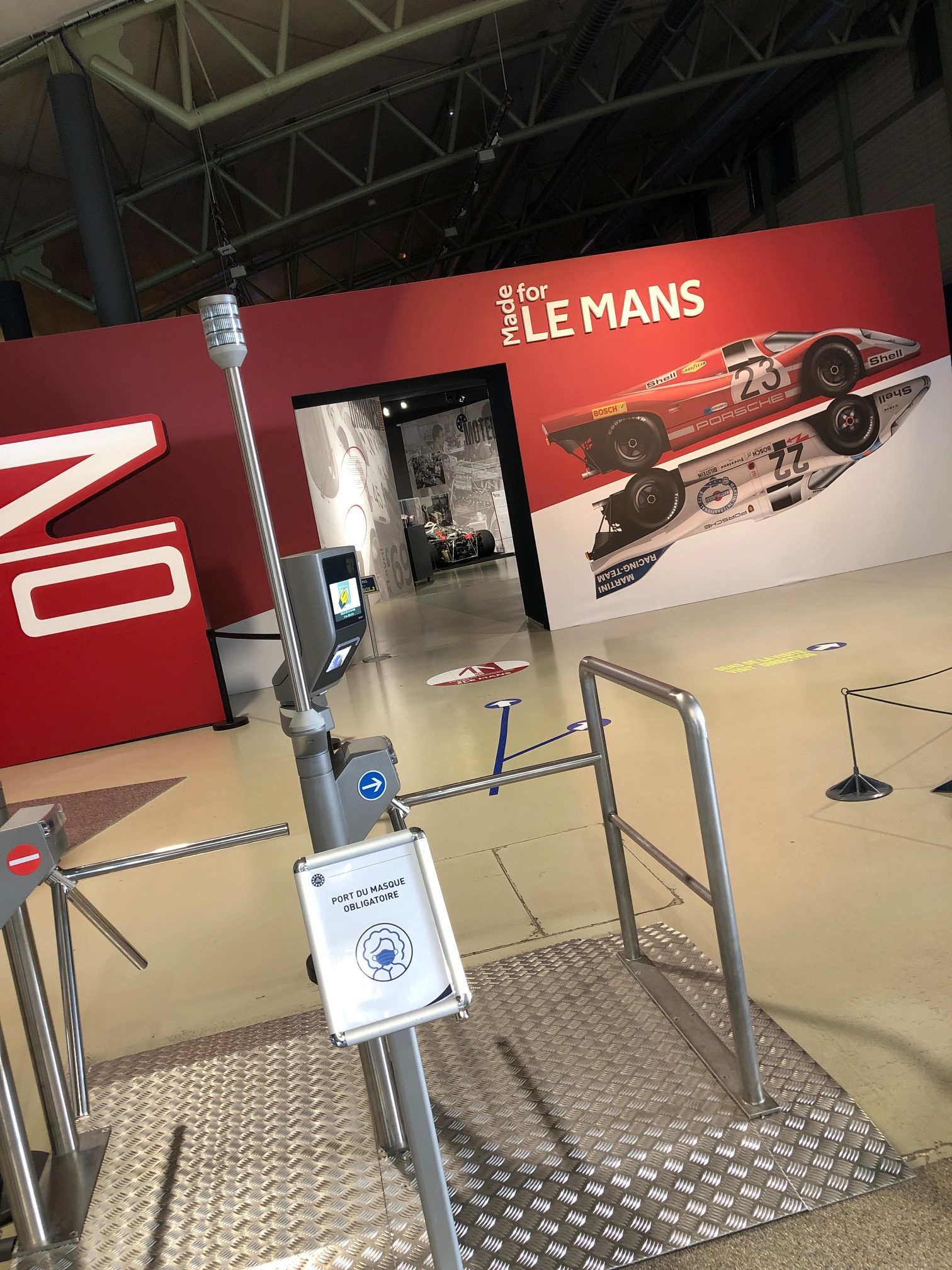
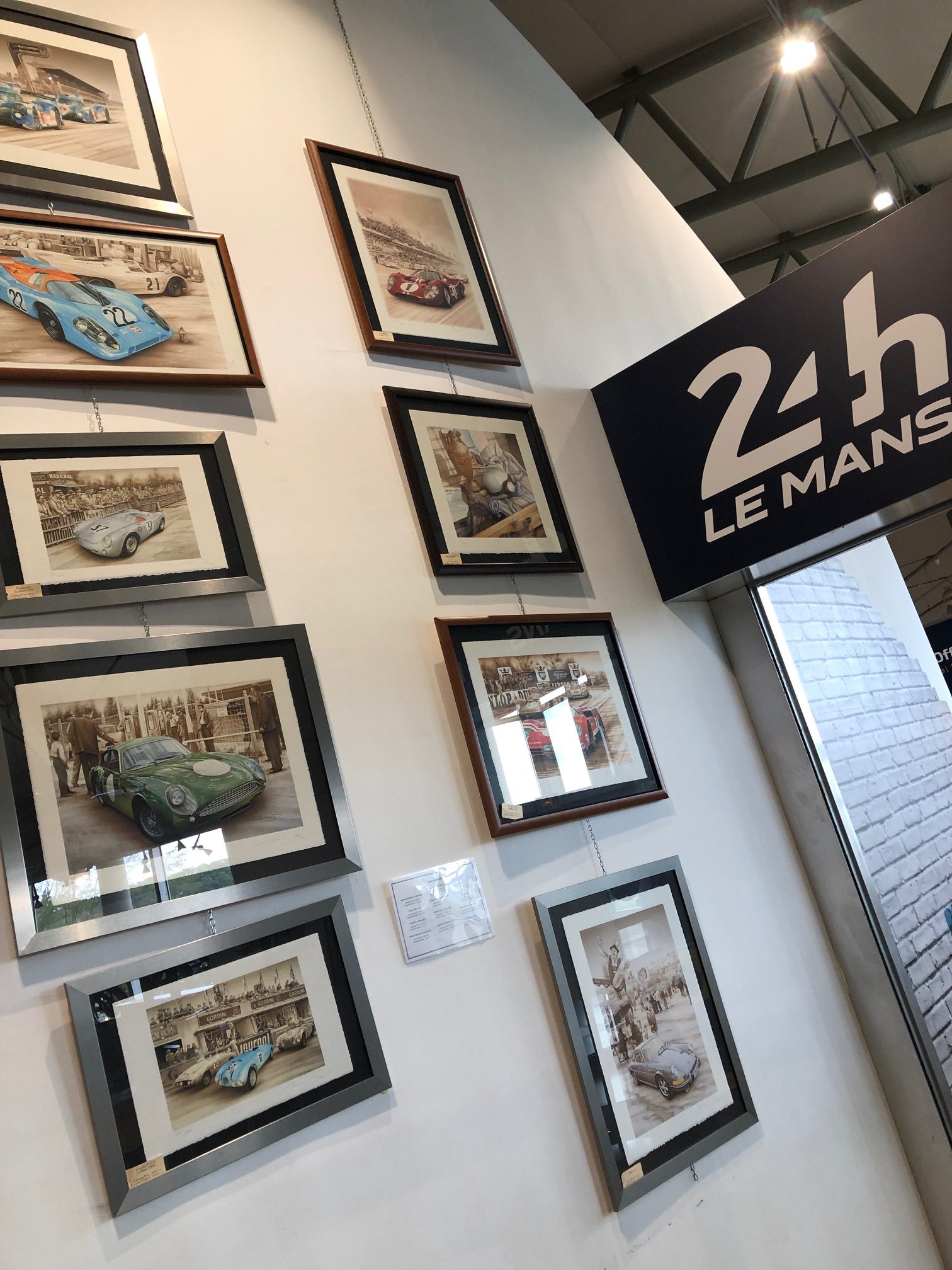

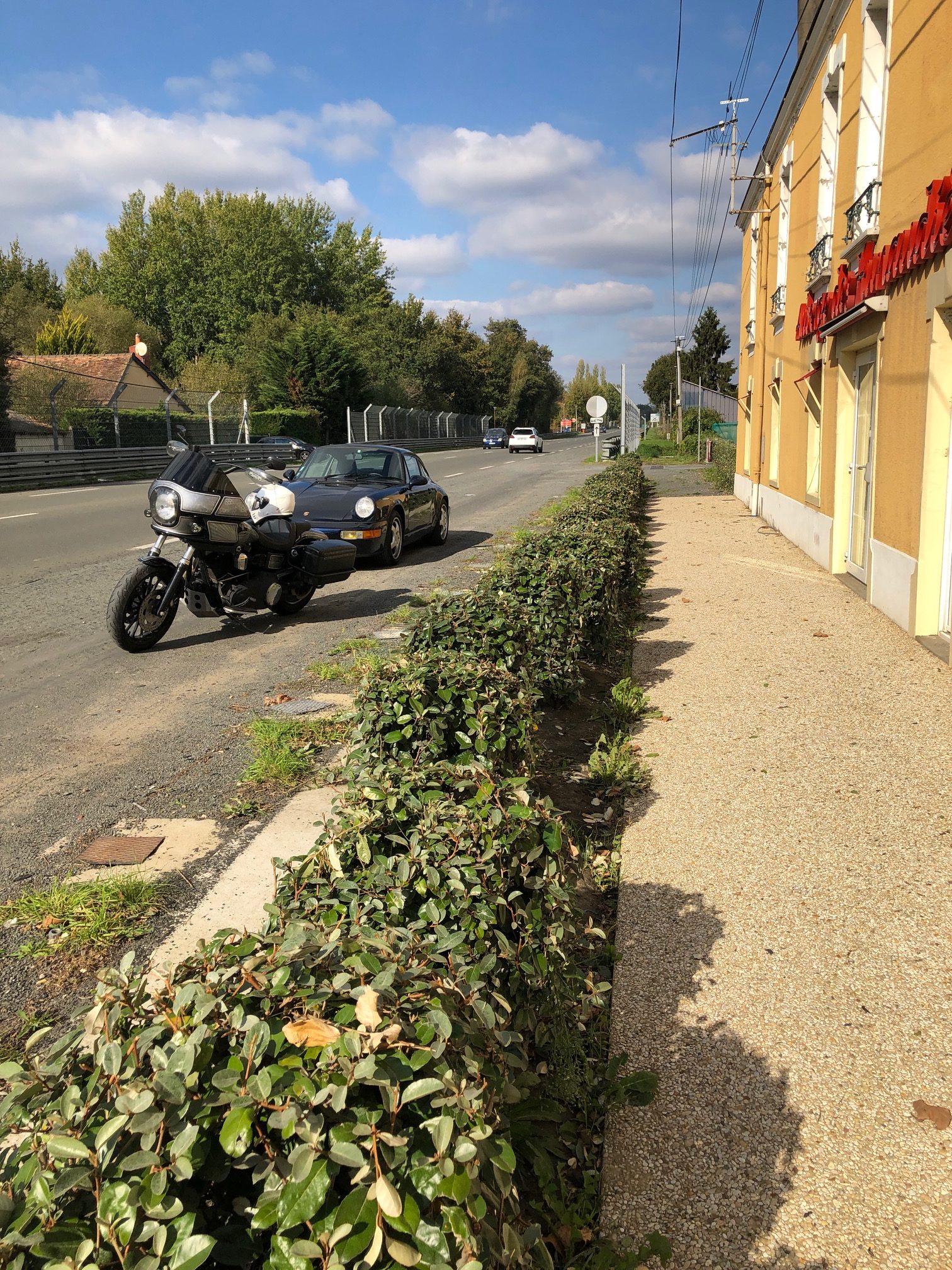







More Stories
RIDE TO THE KÖNIGSTIGER
RIDE TO THE LION’S MOUND
HALLOWEEN RIDE TO THE TODT BATTERY